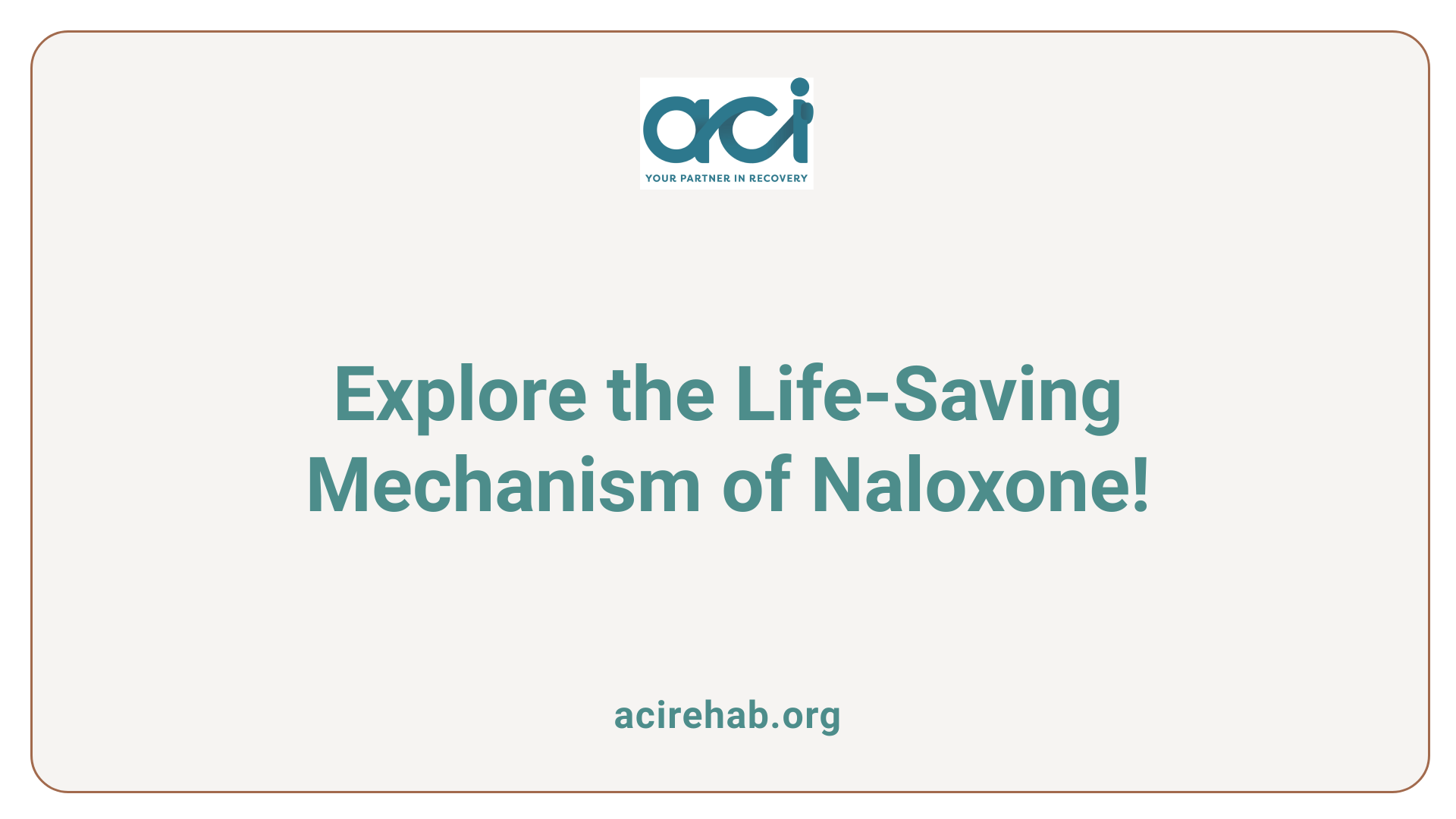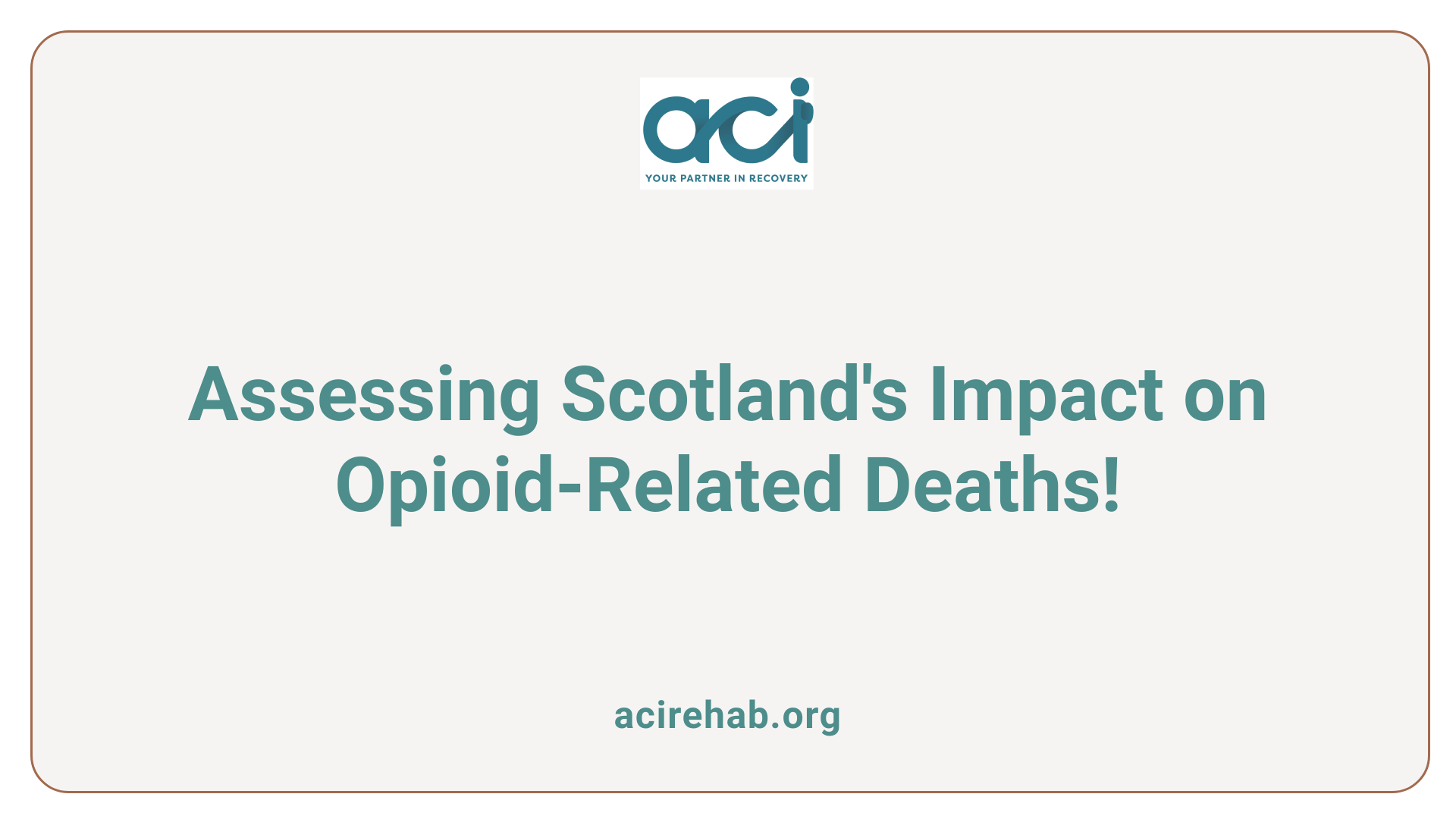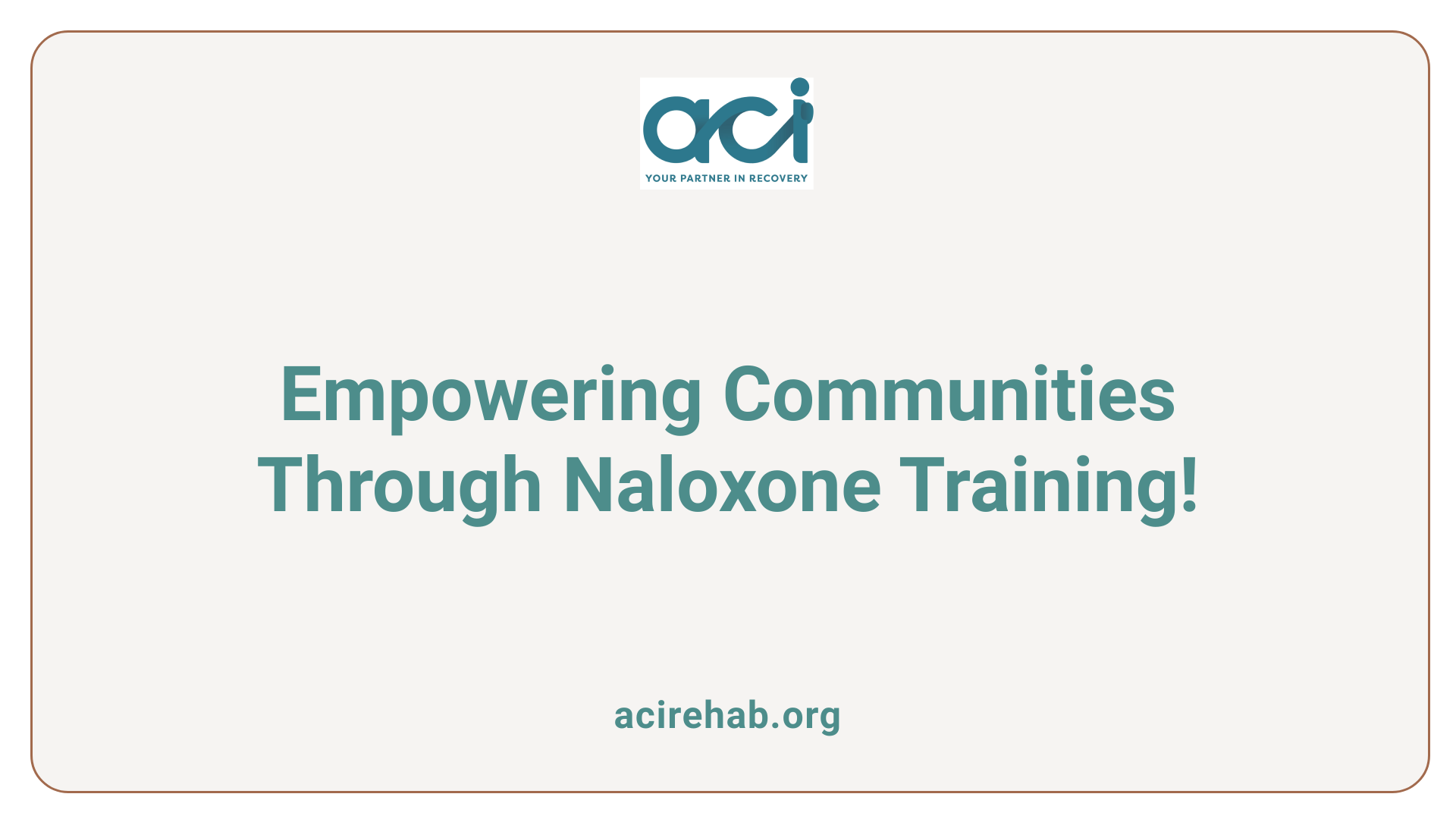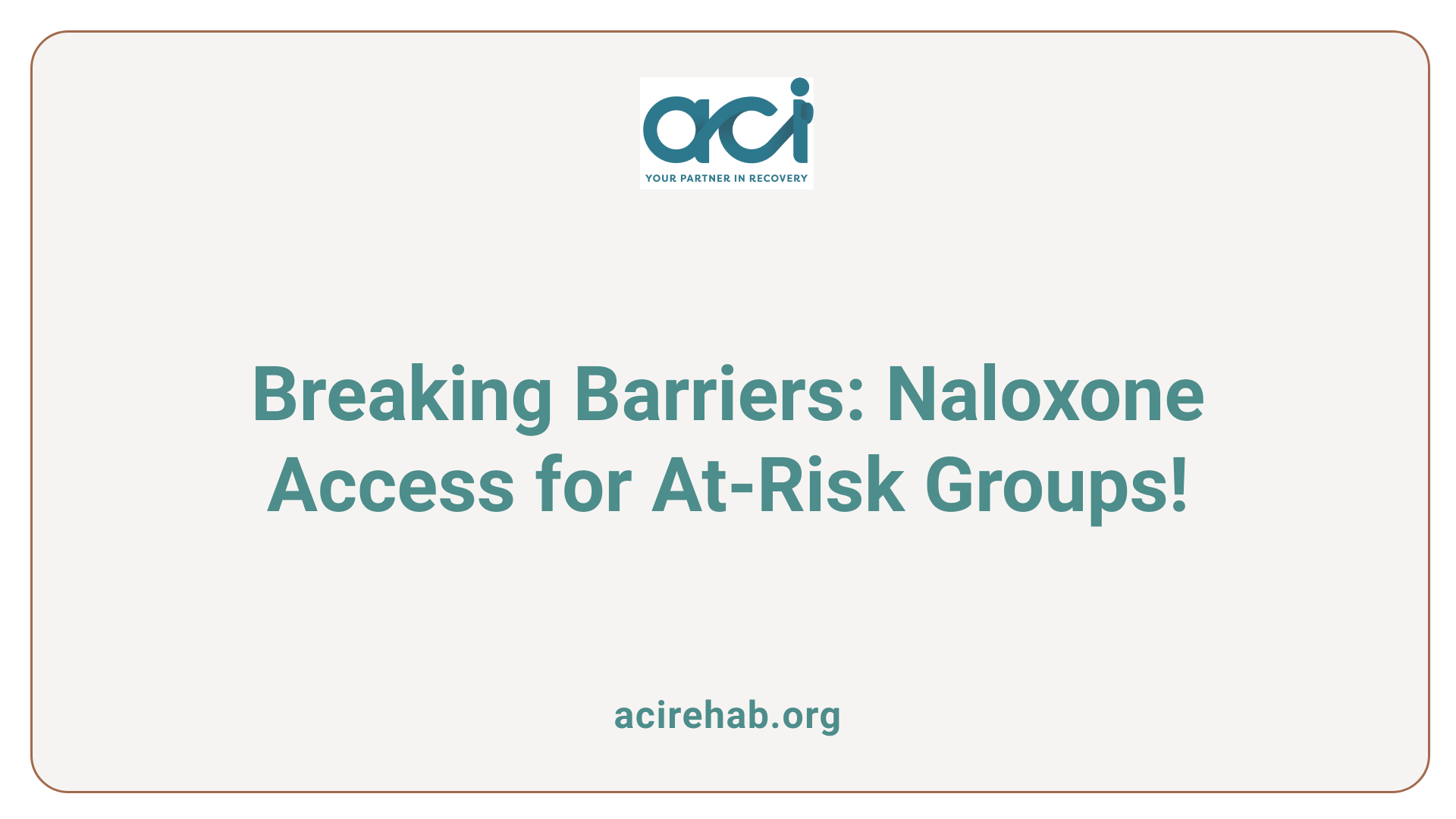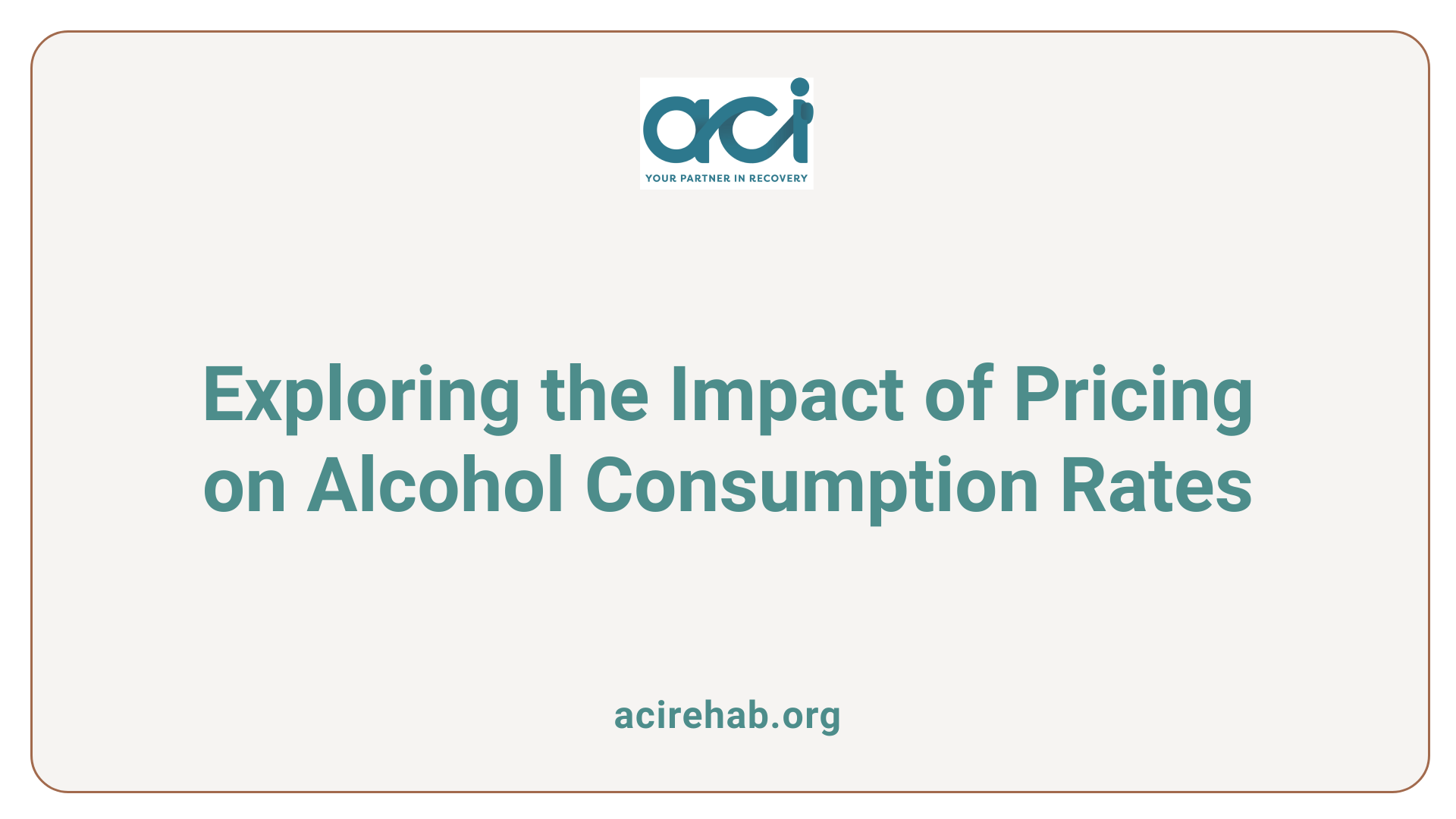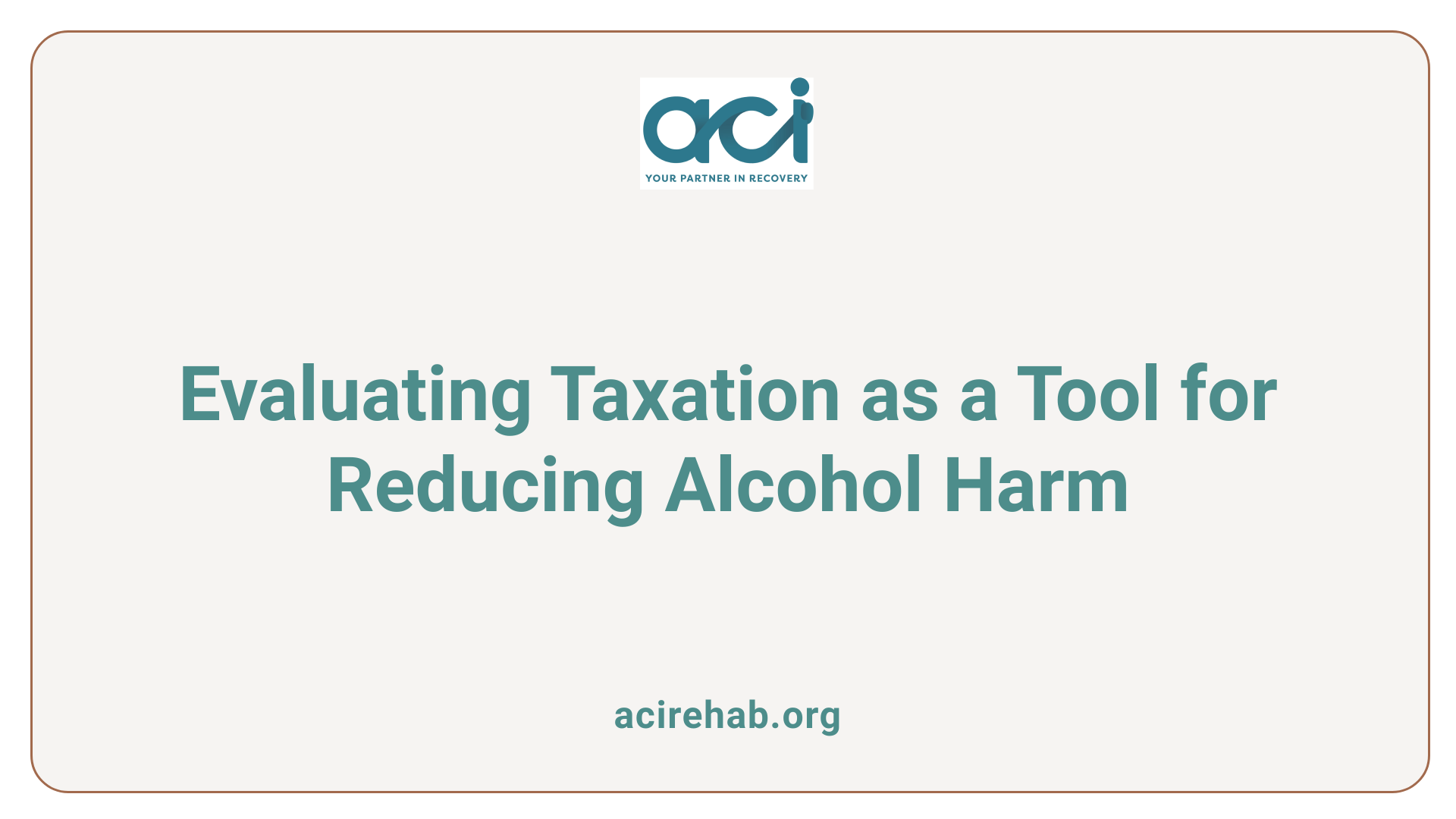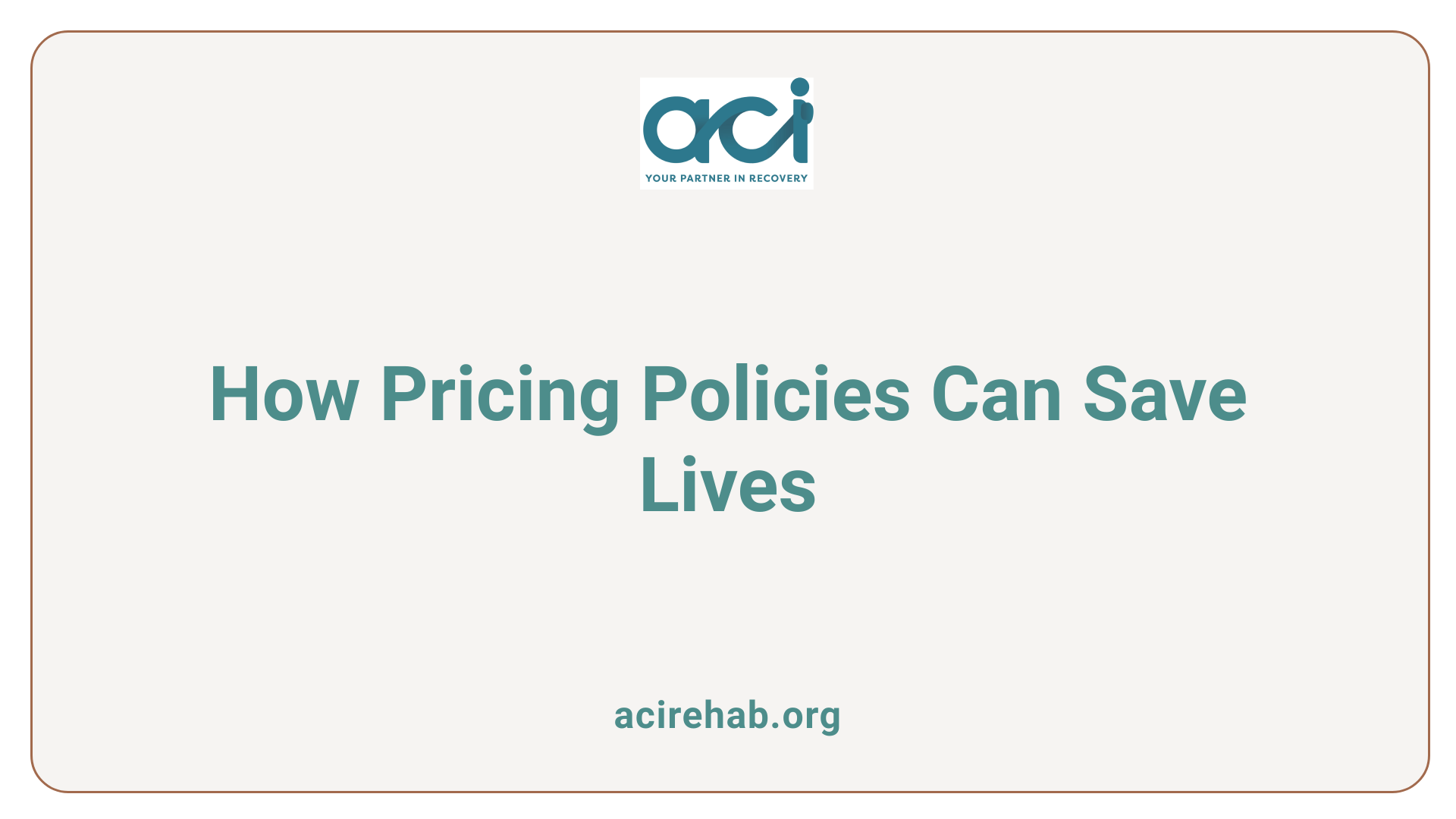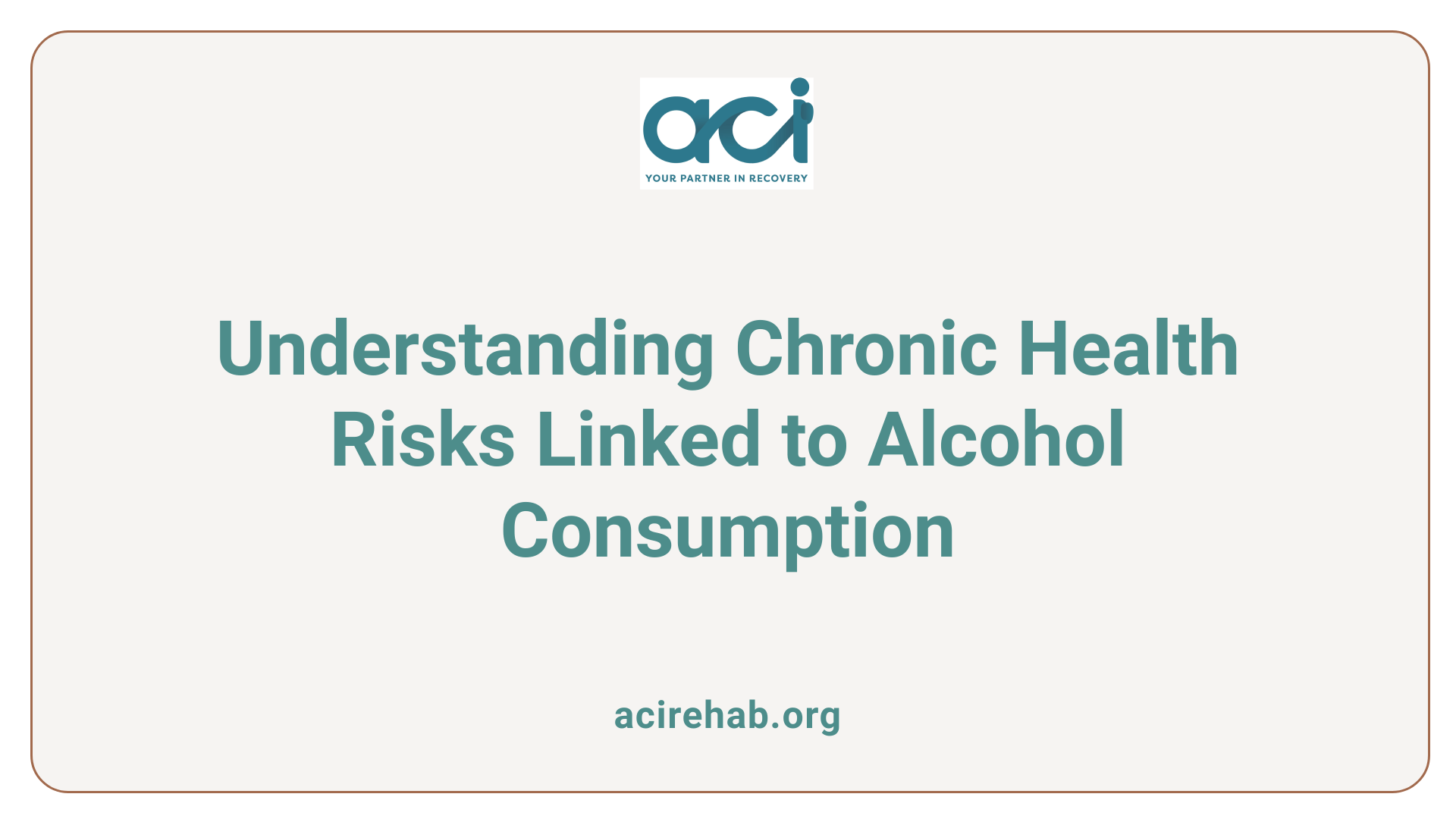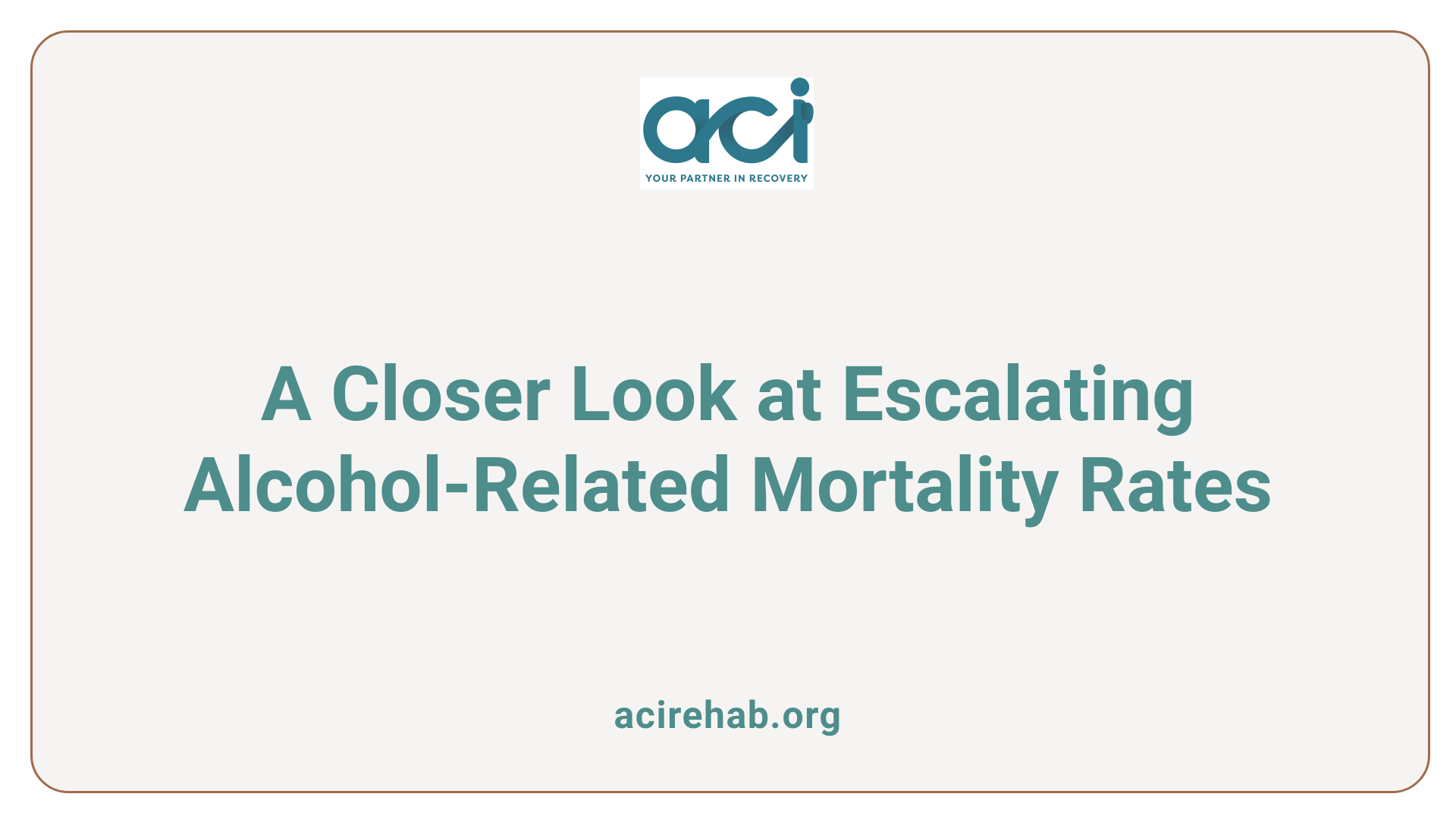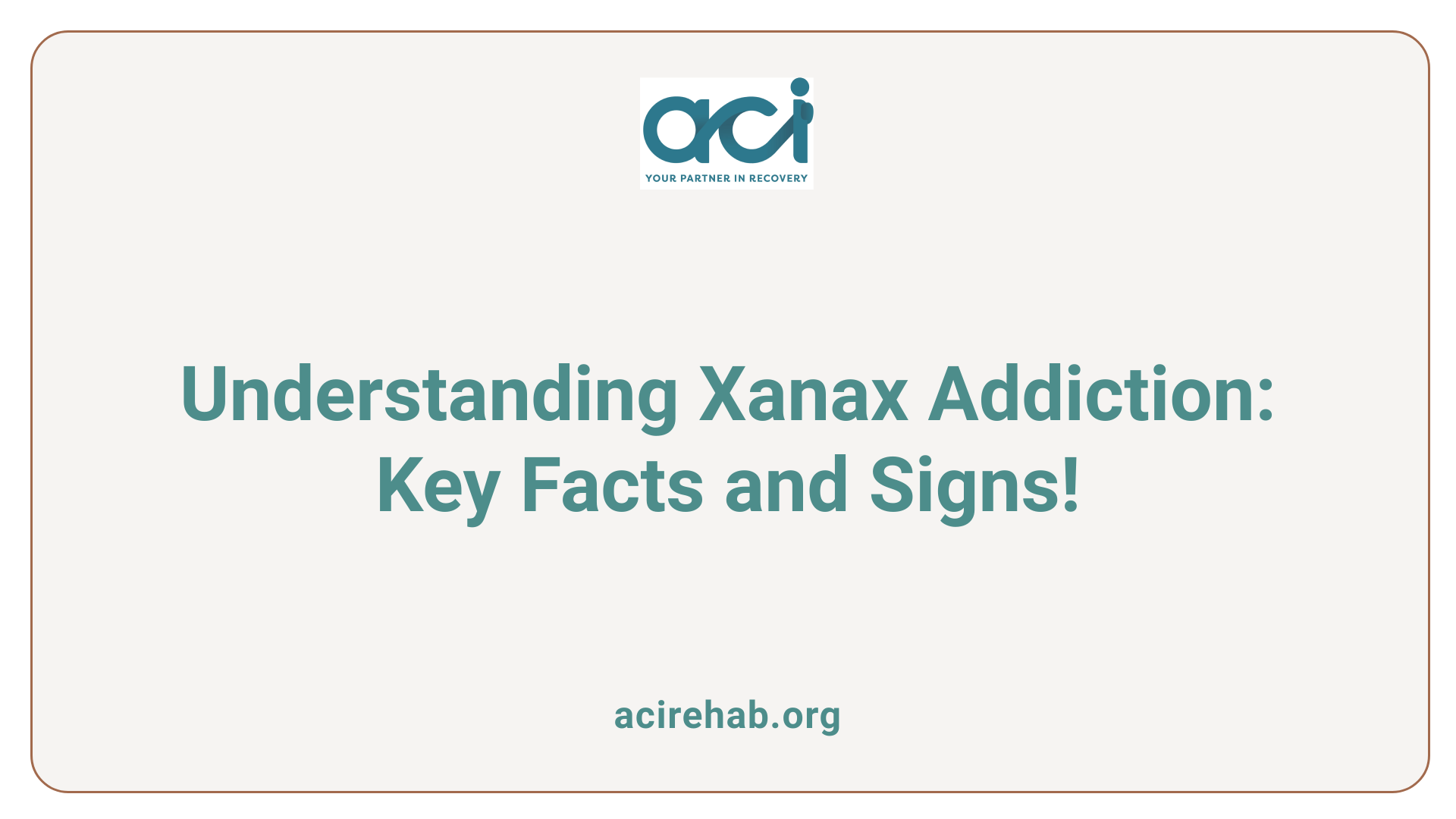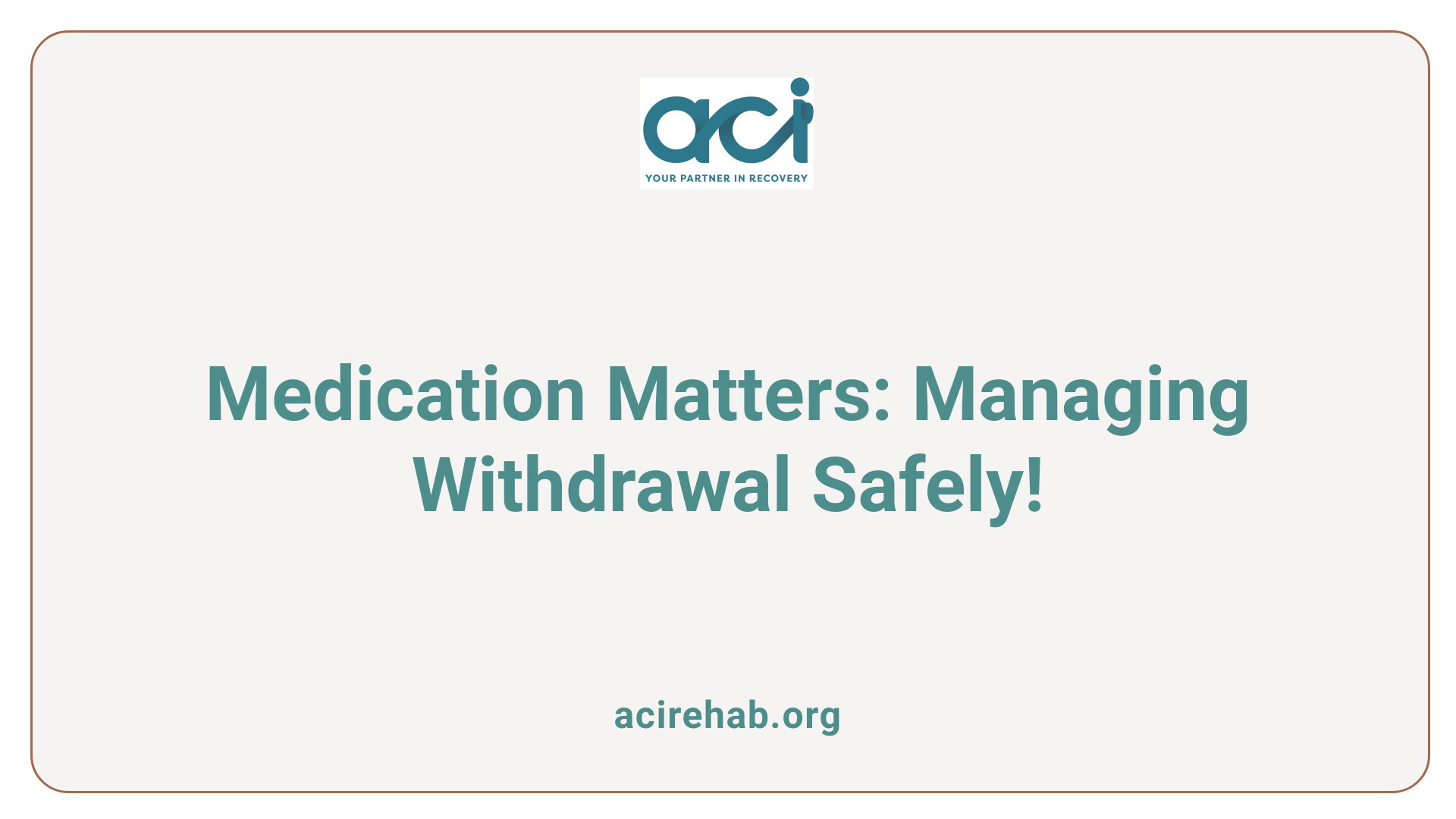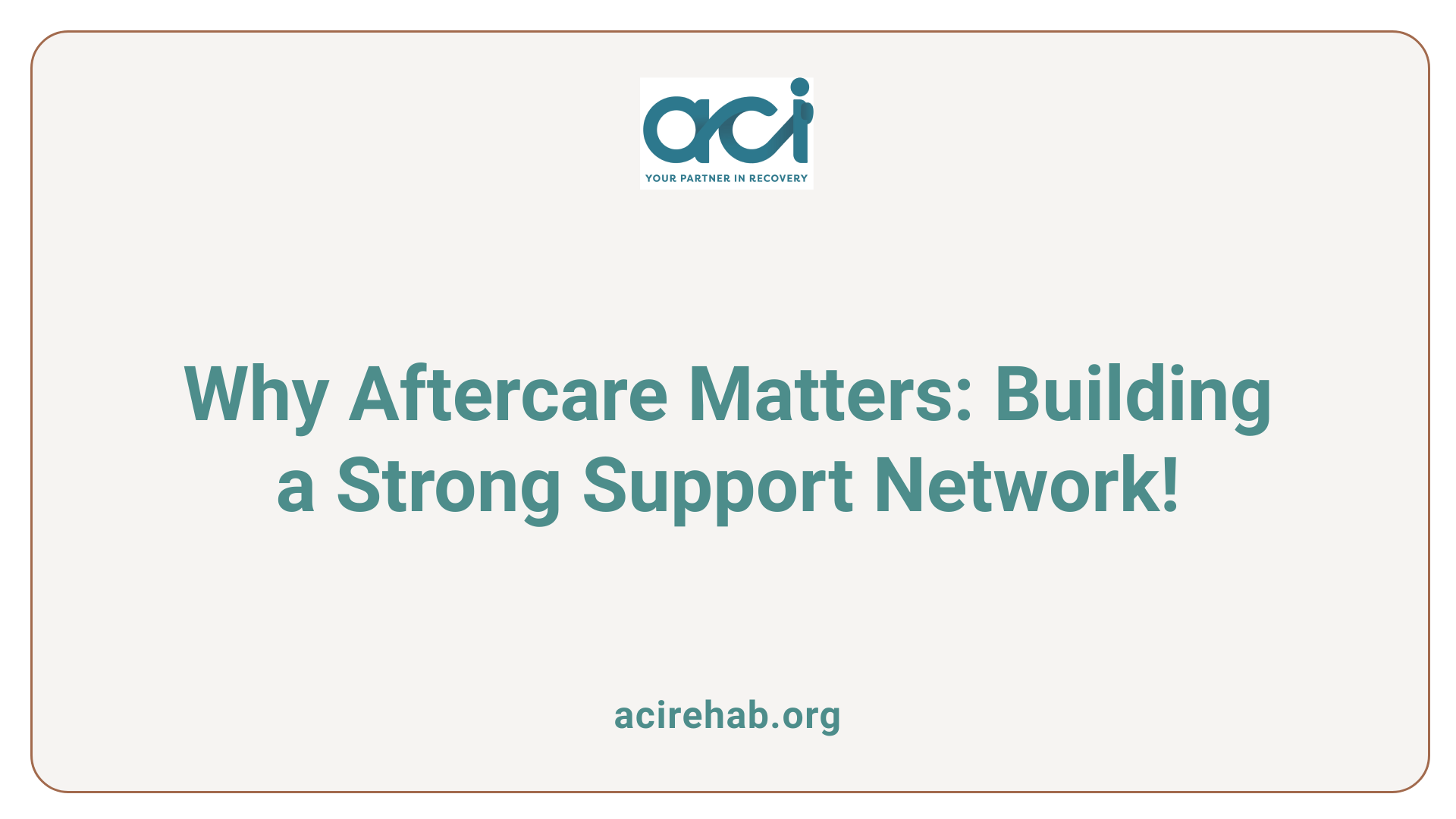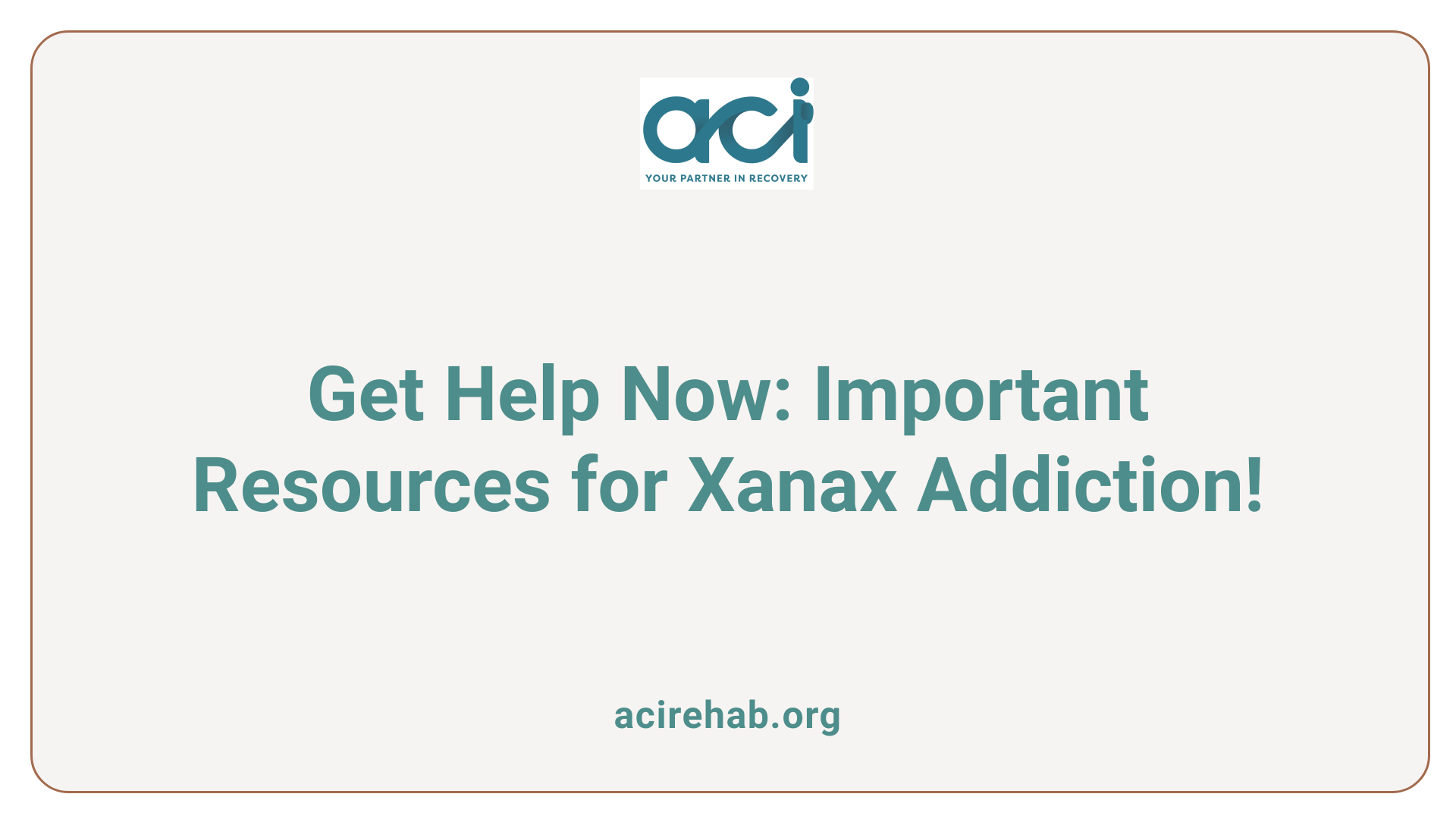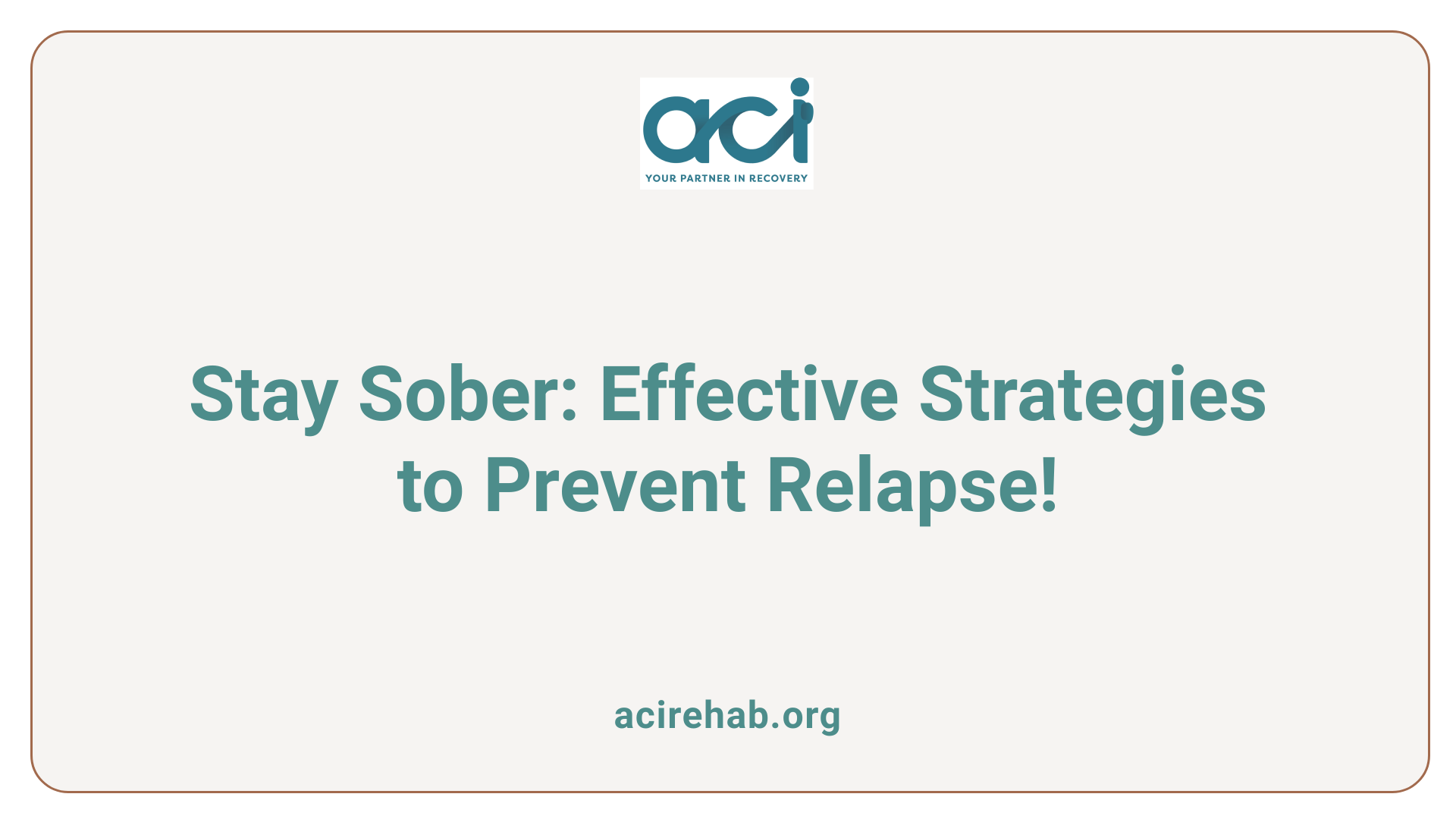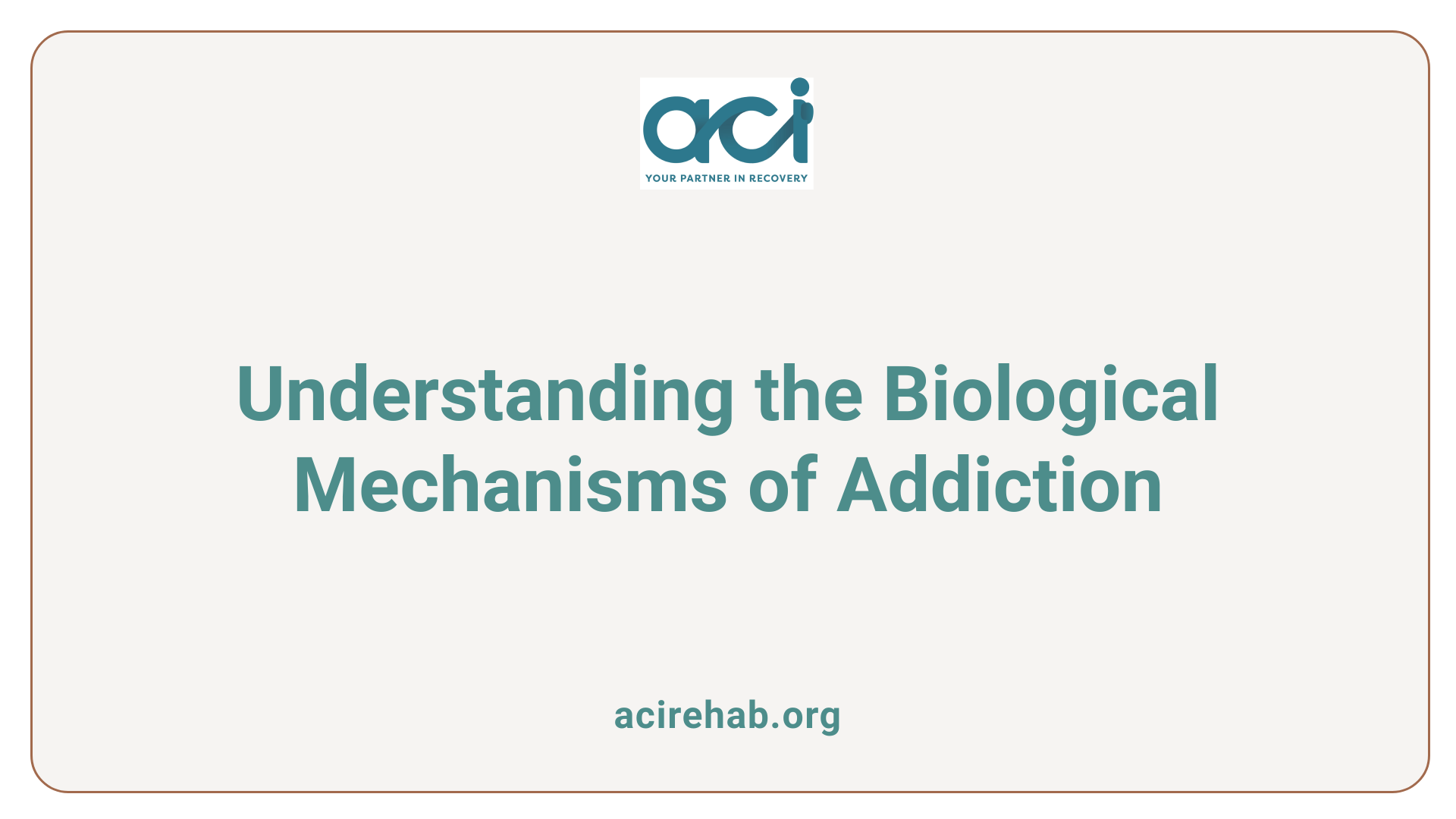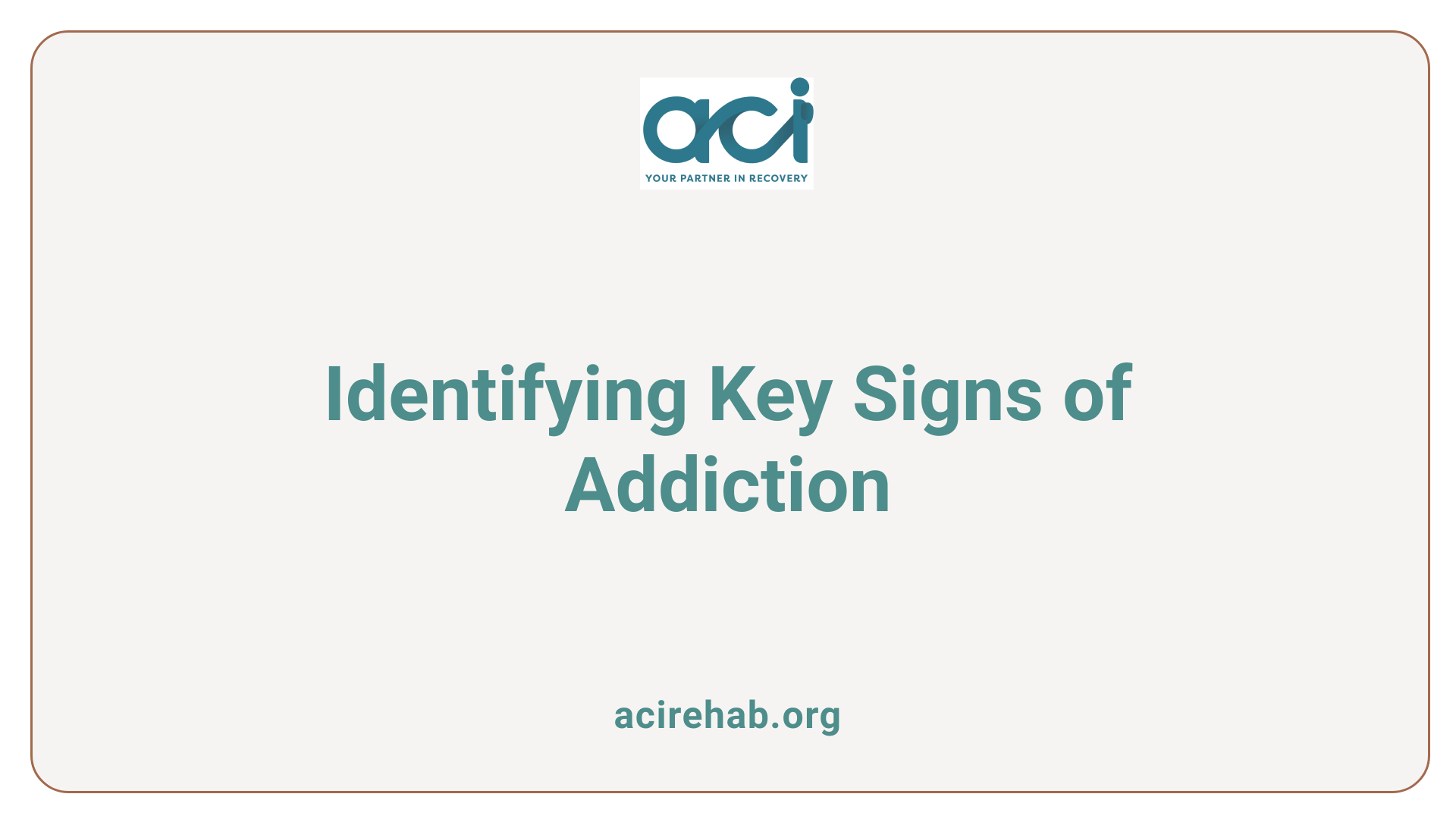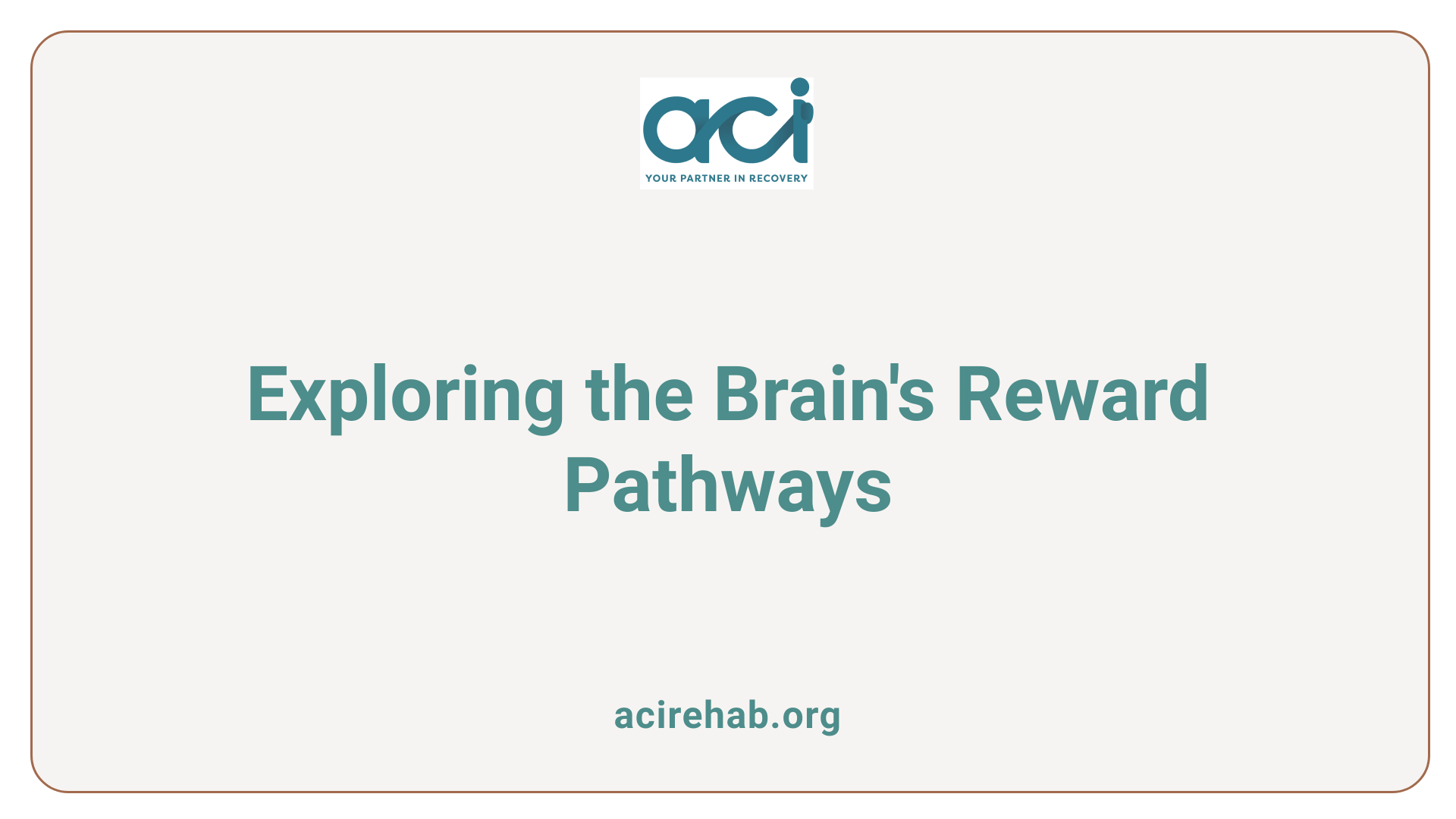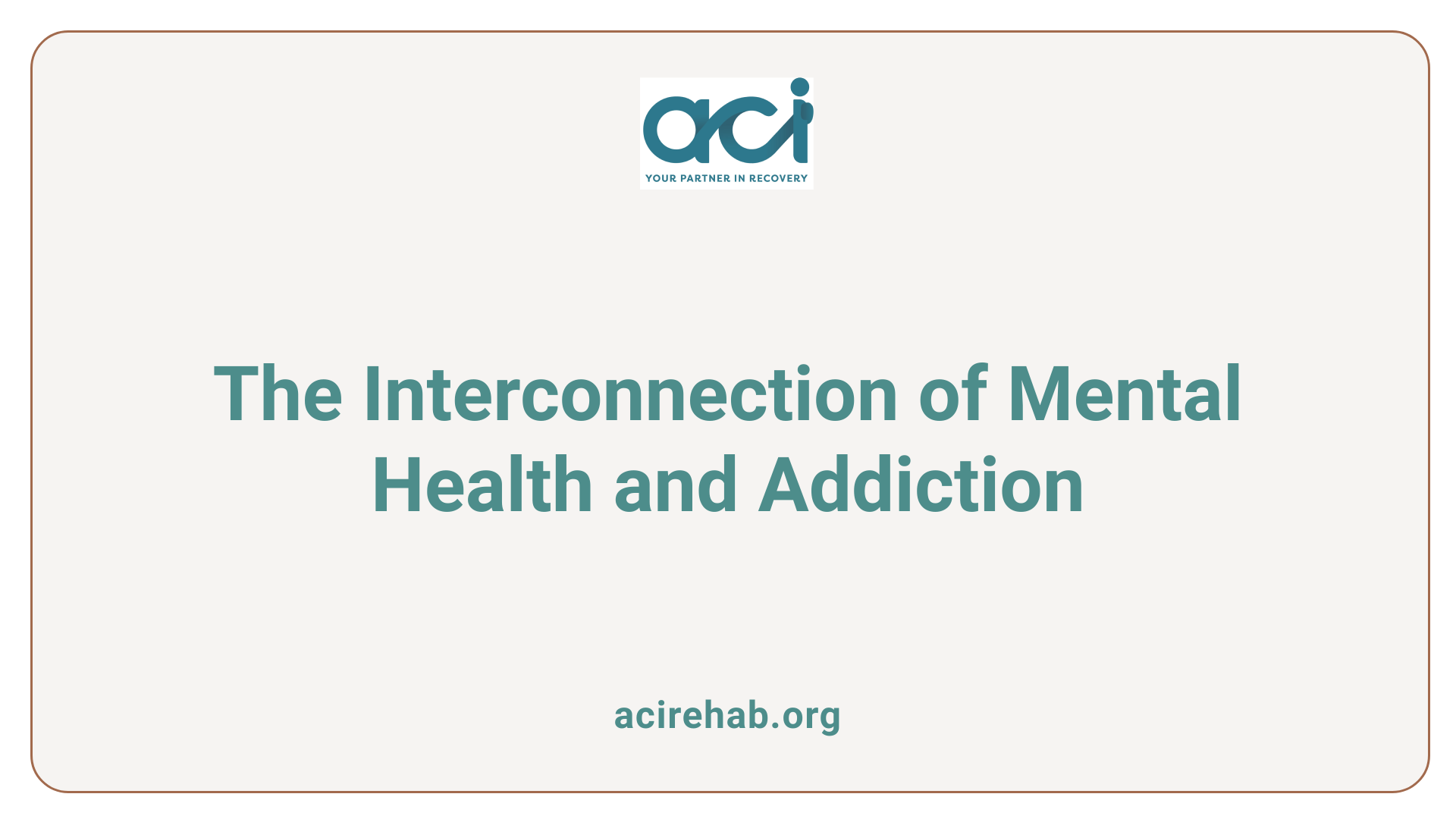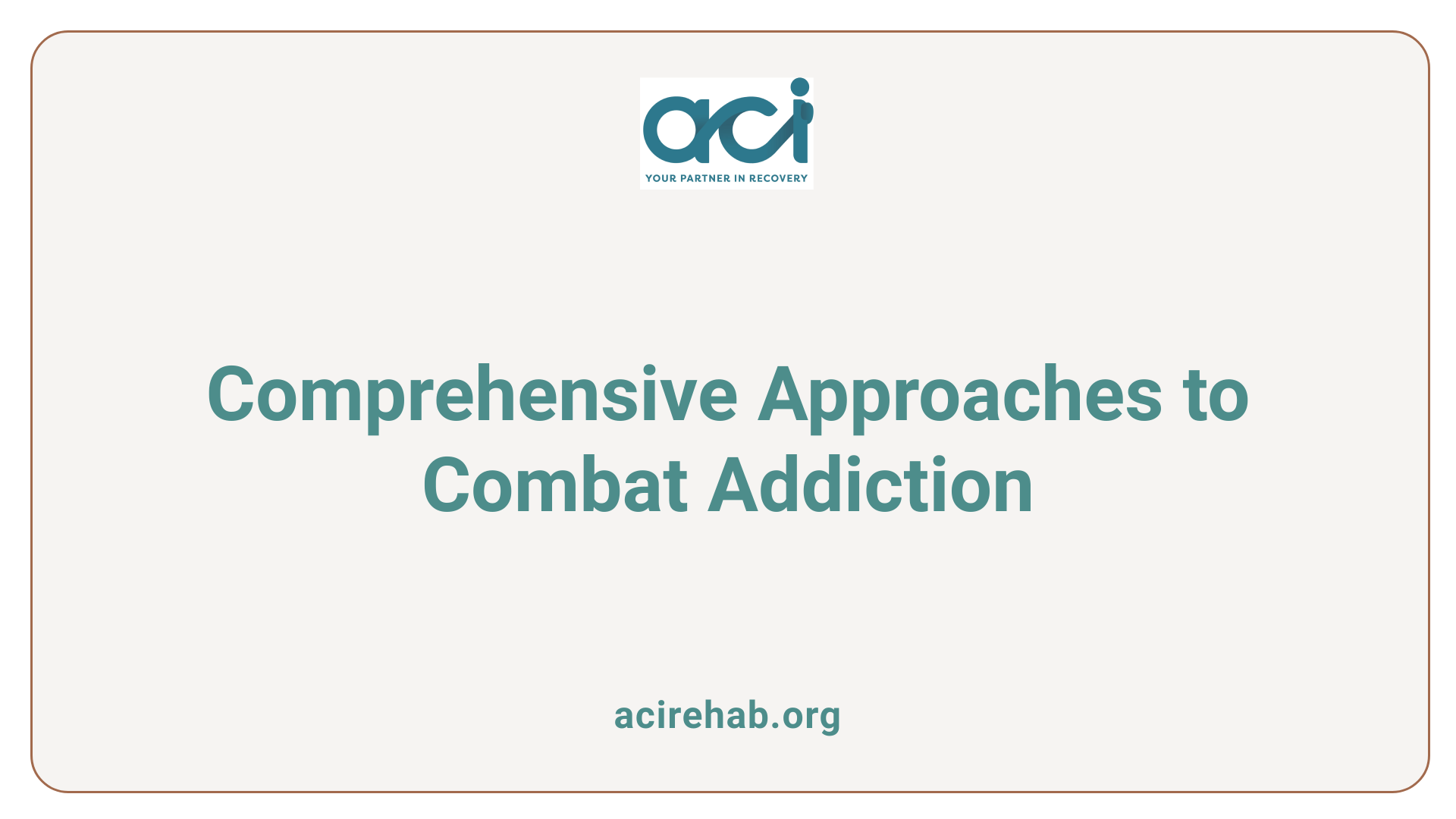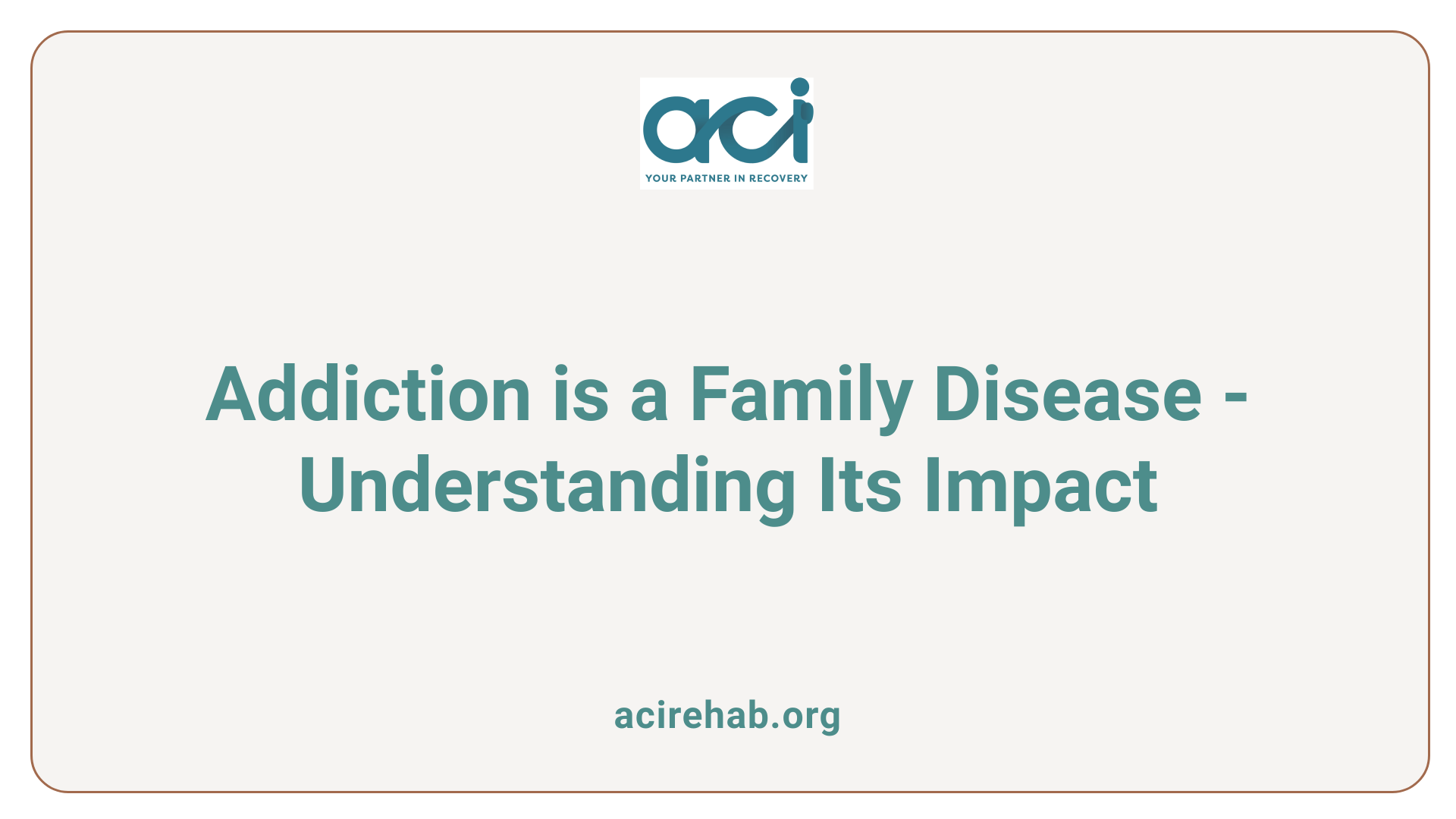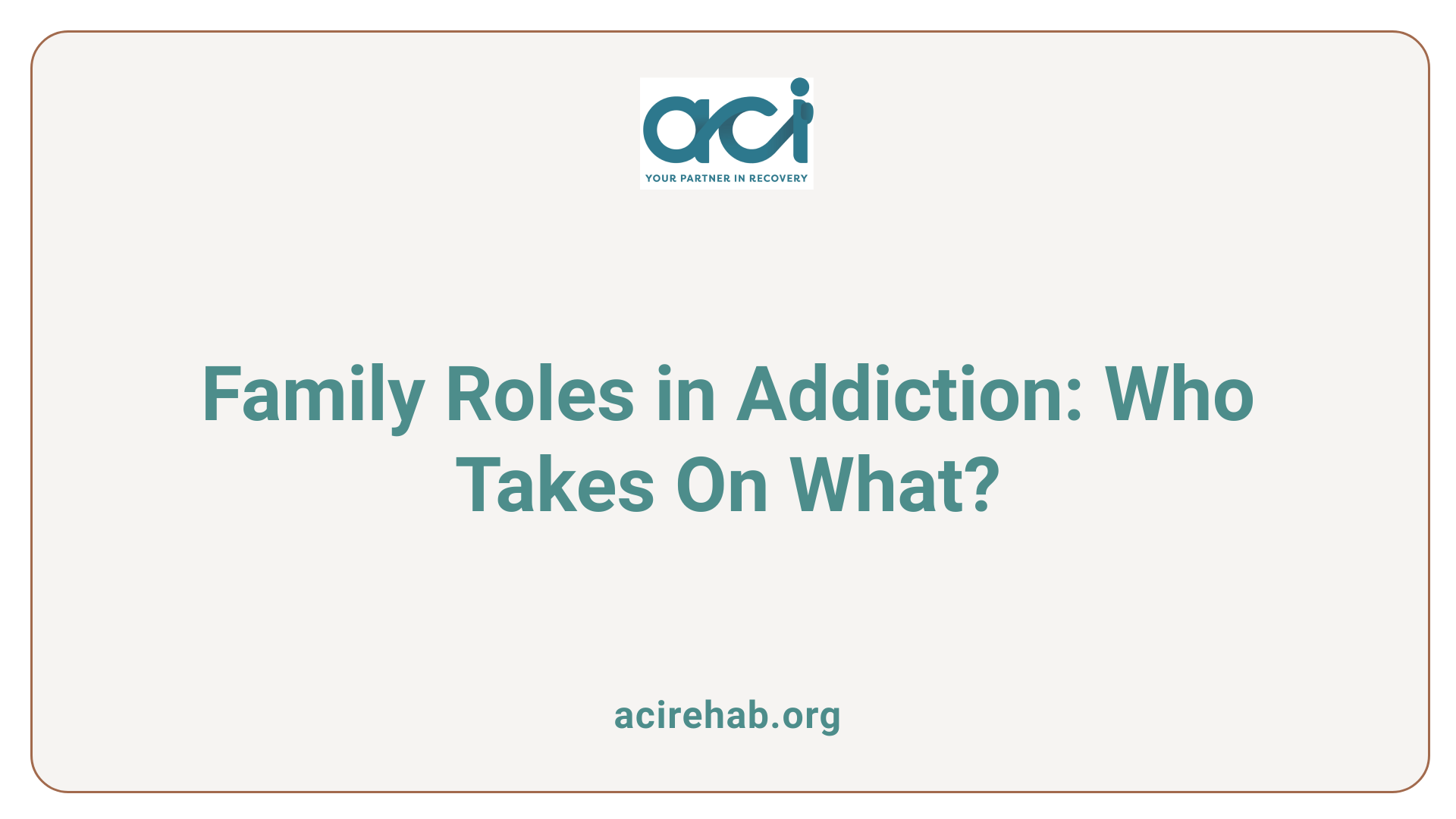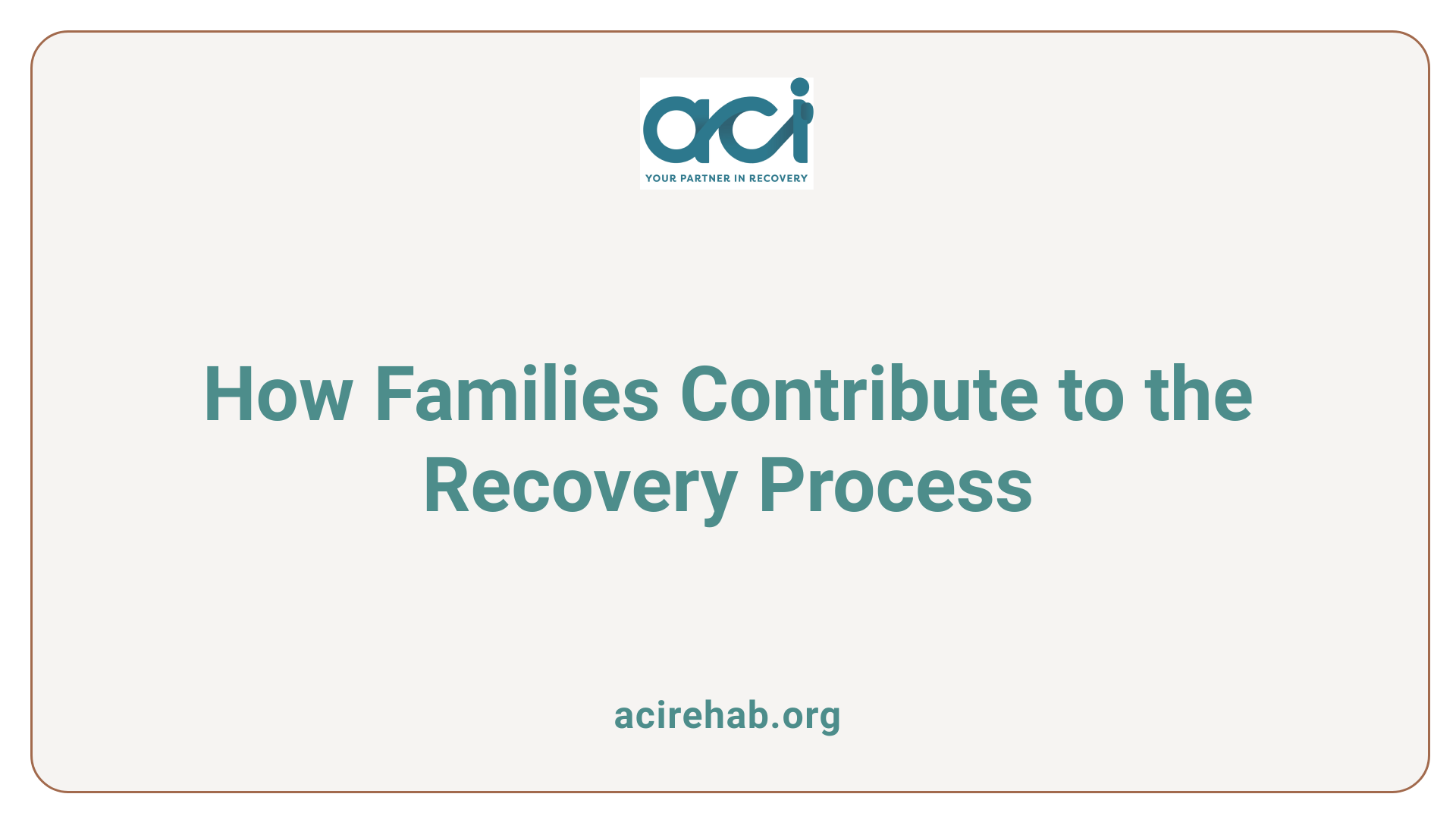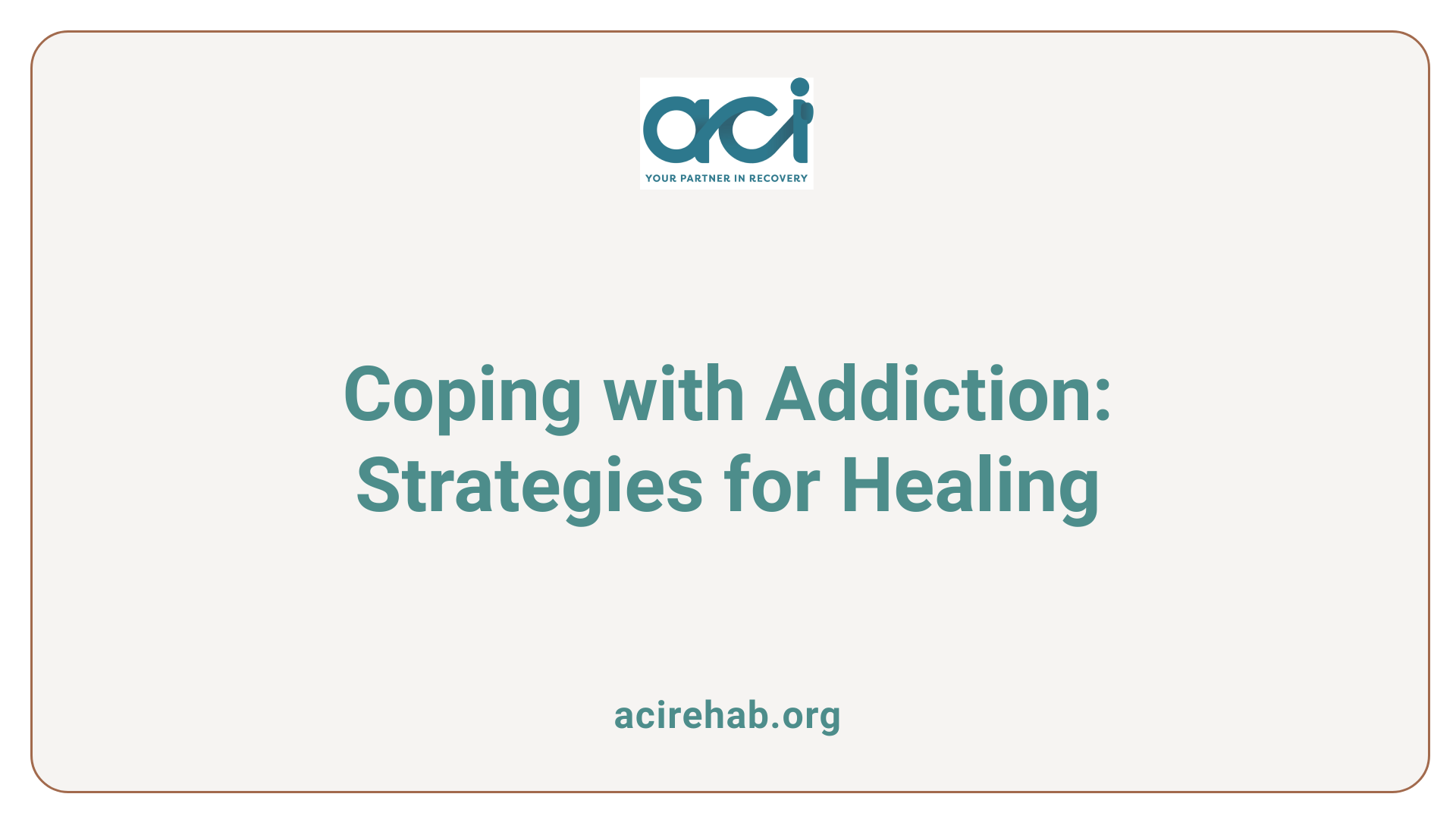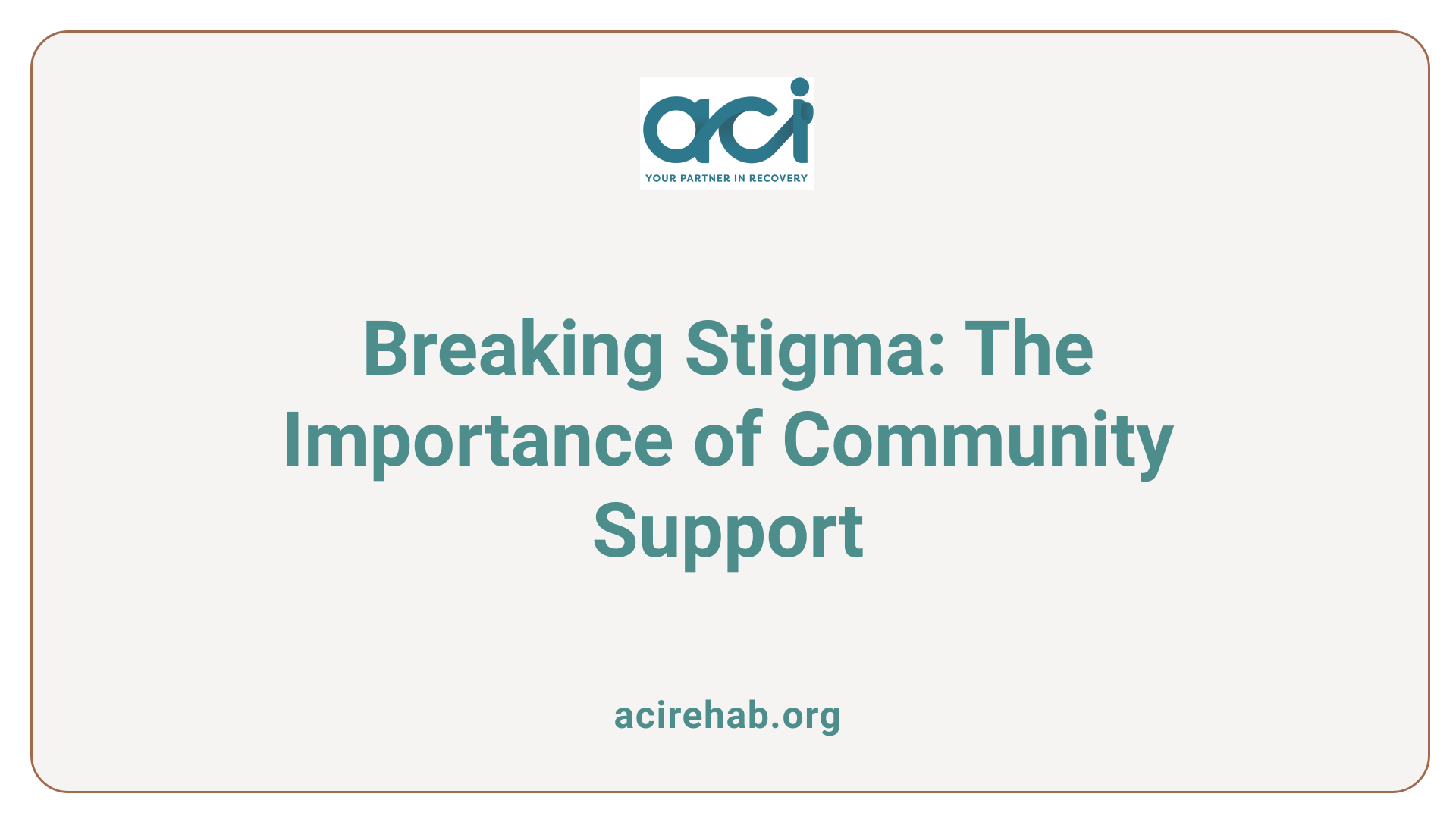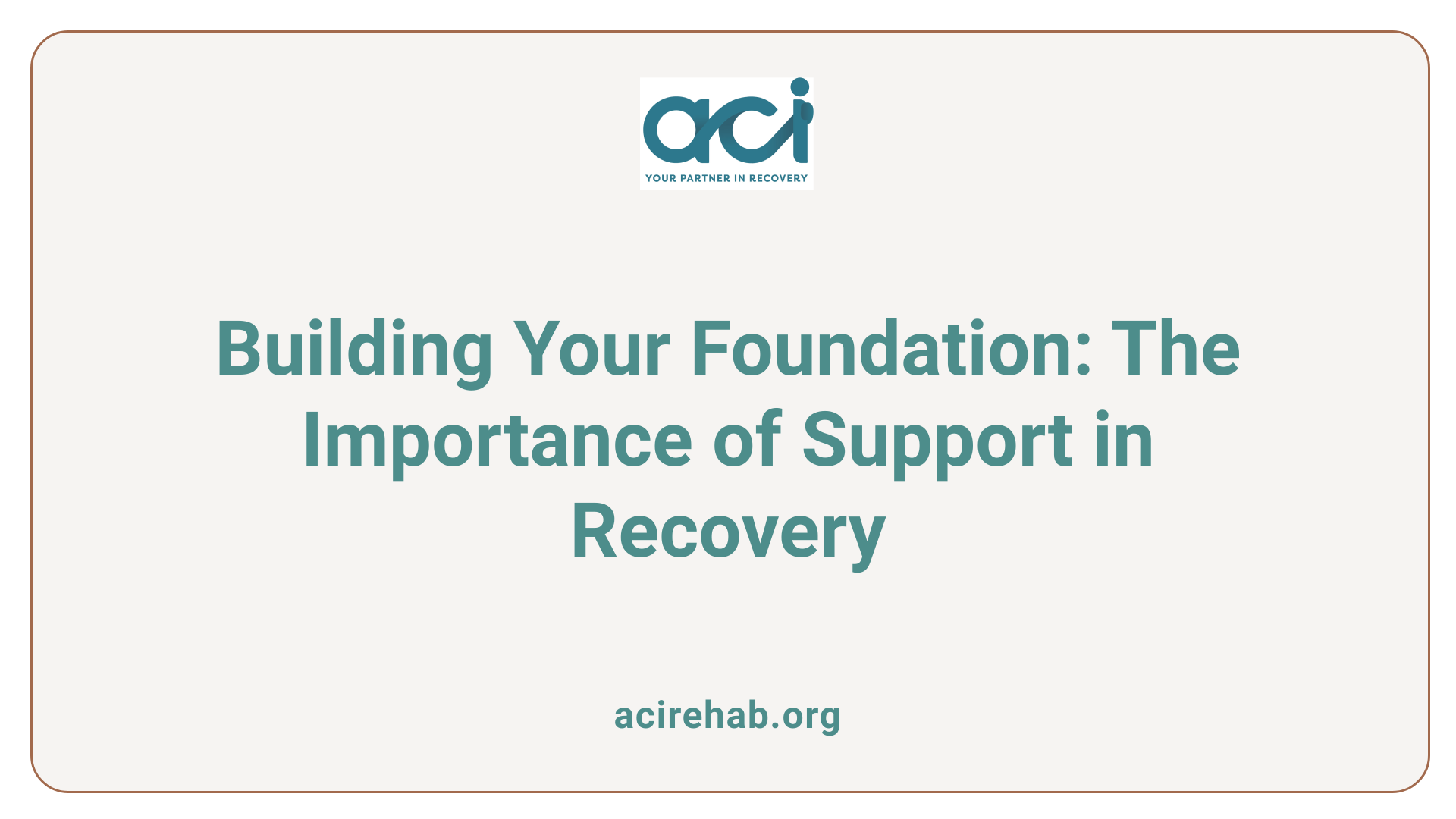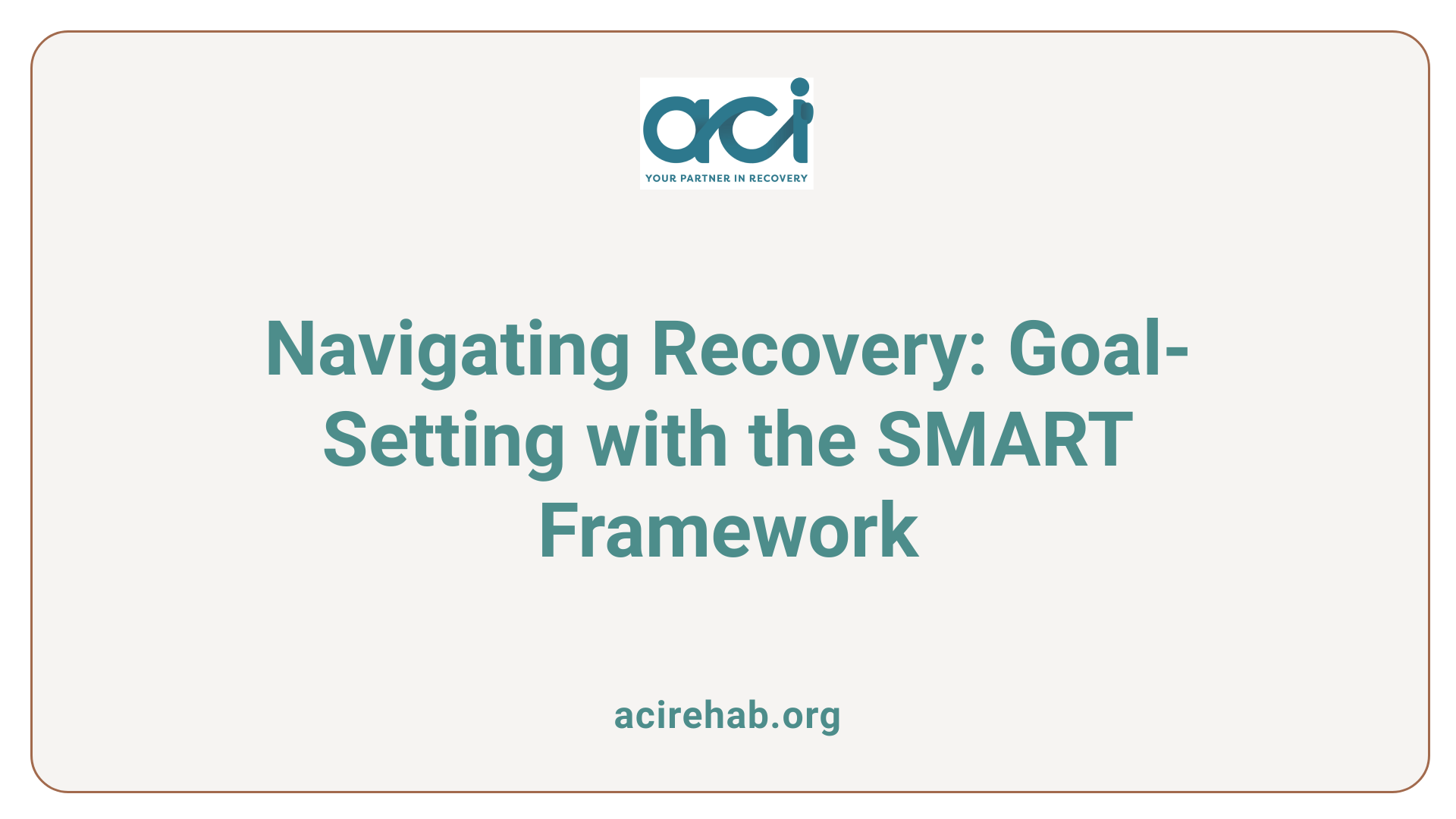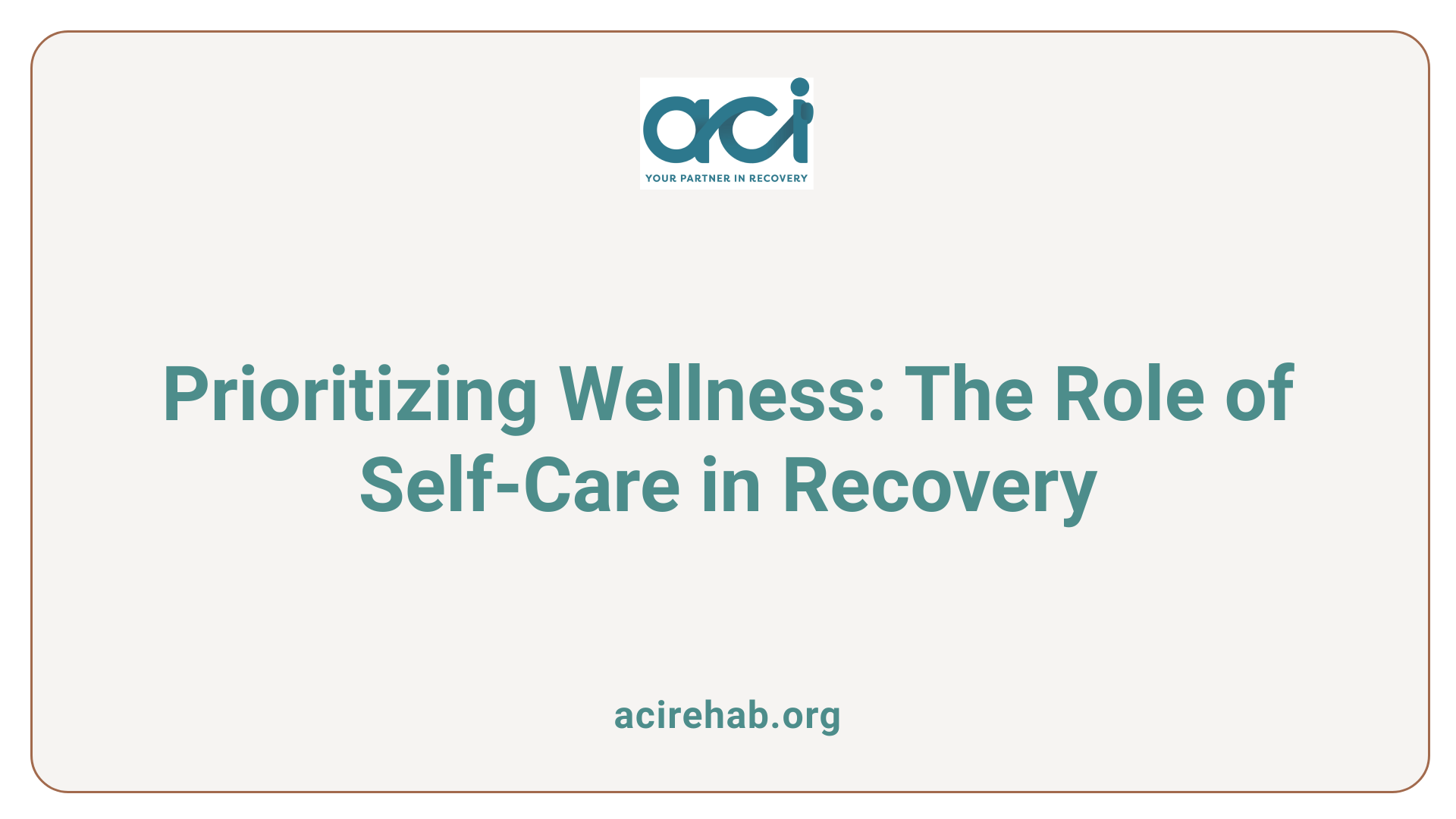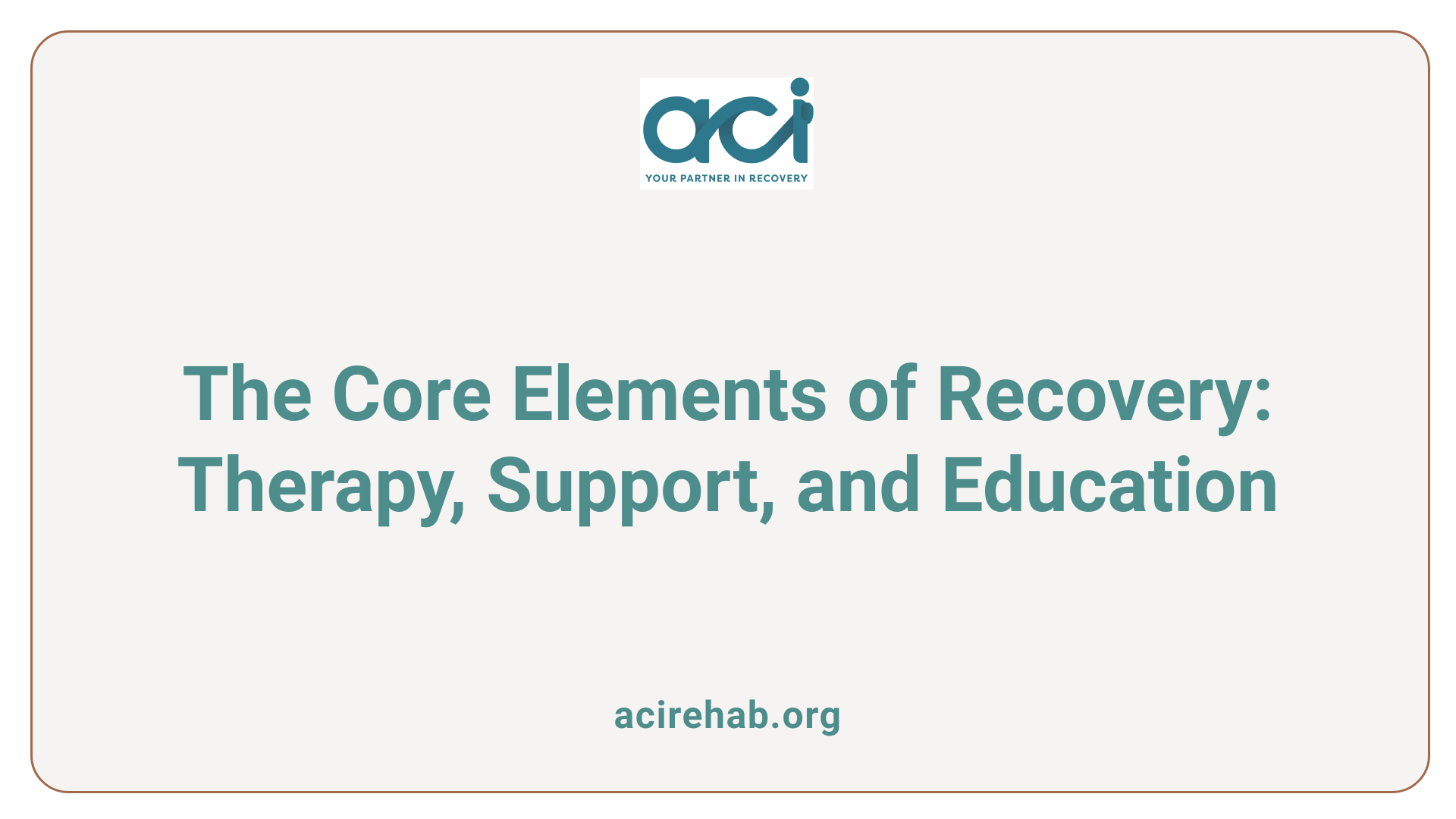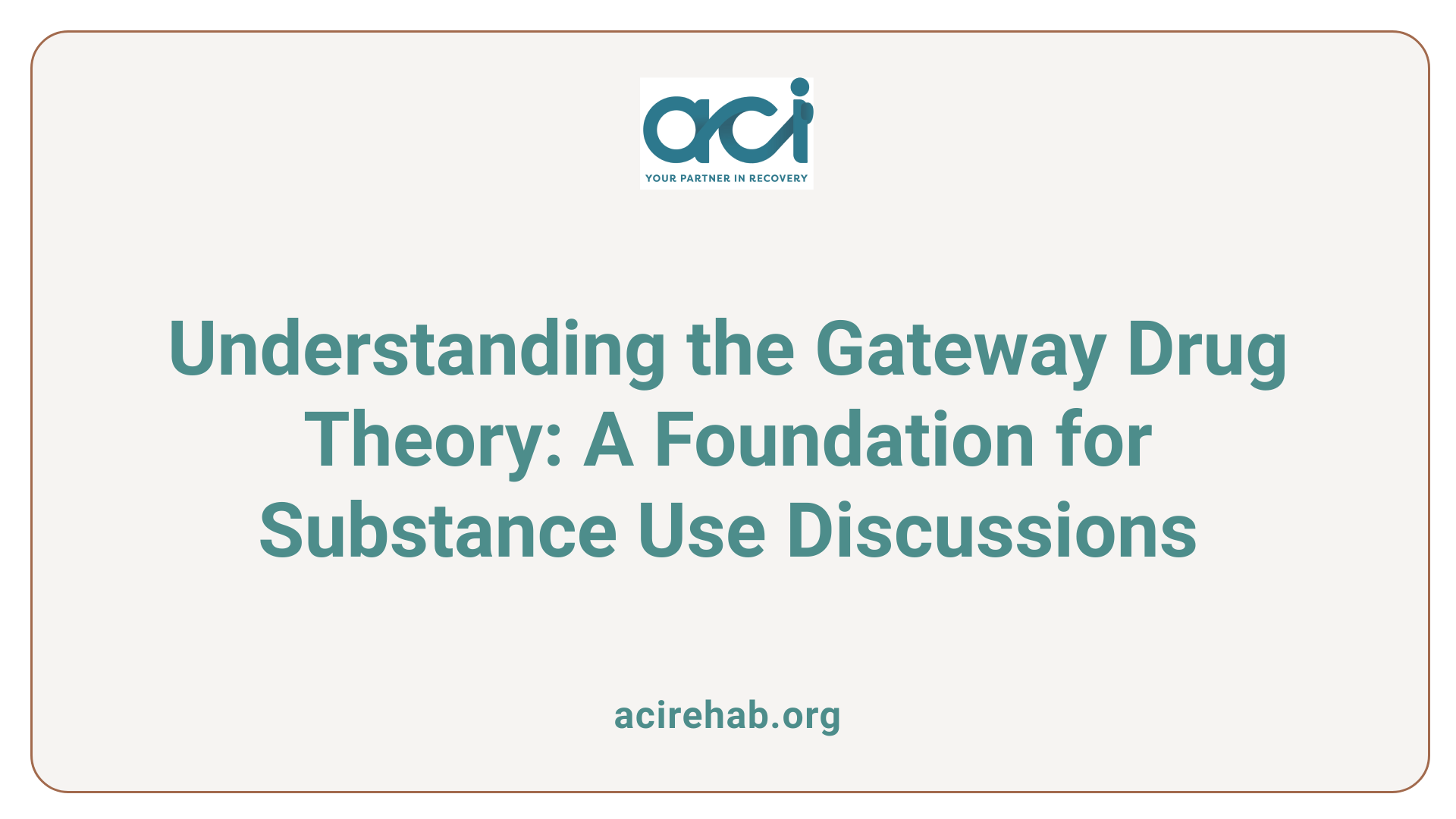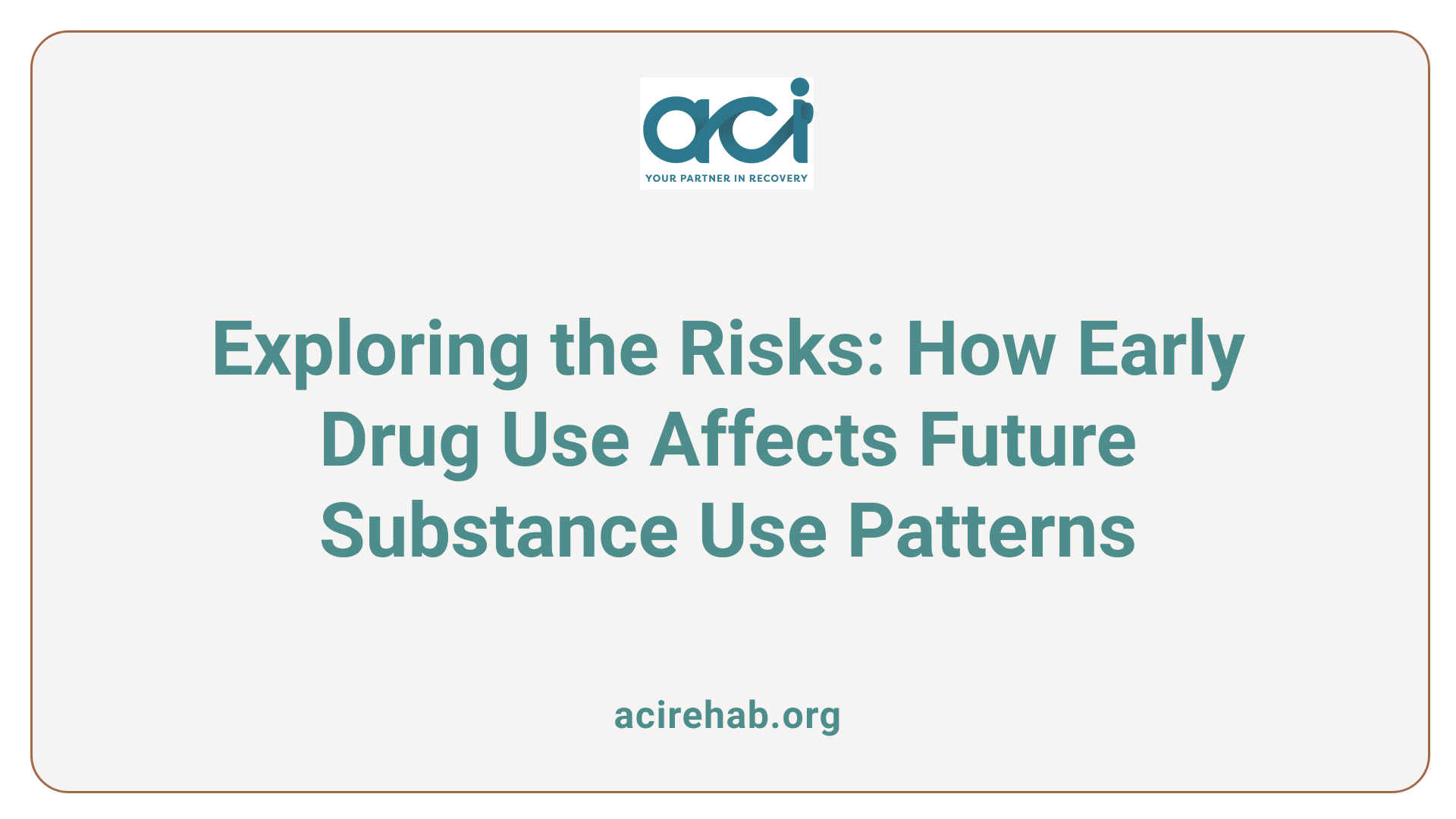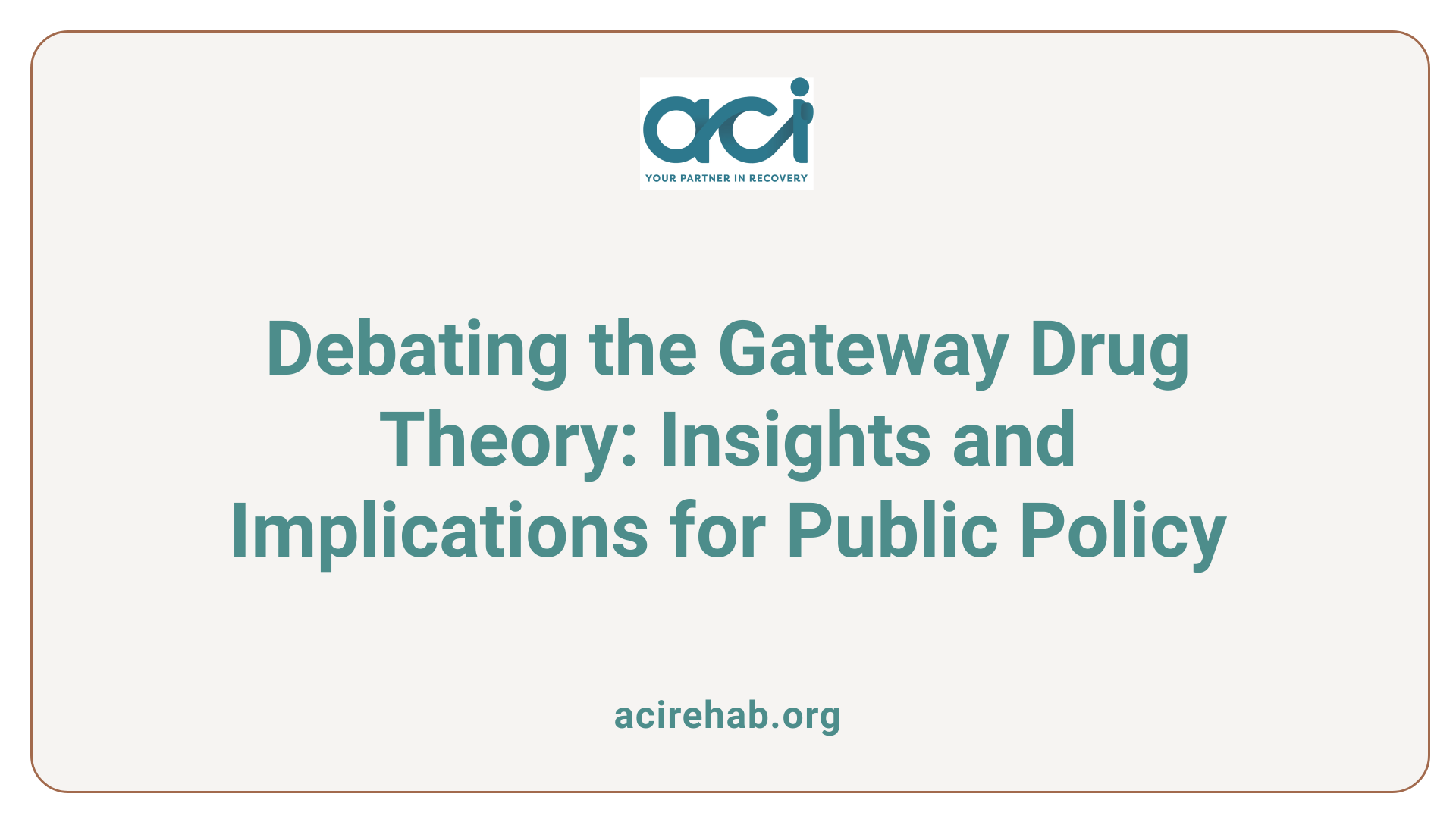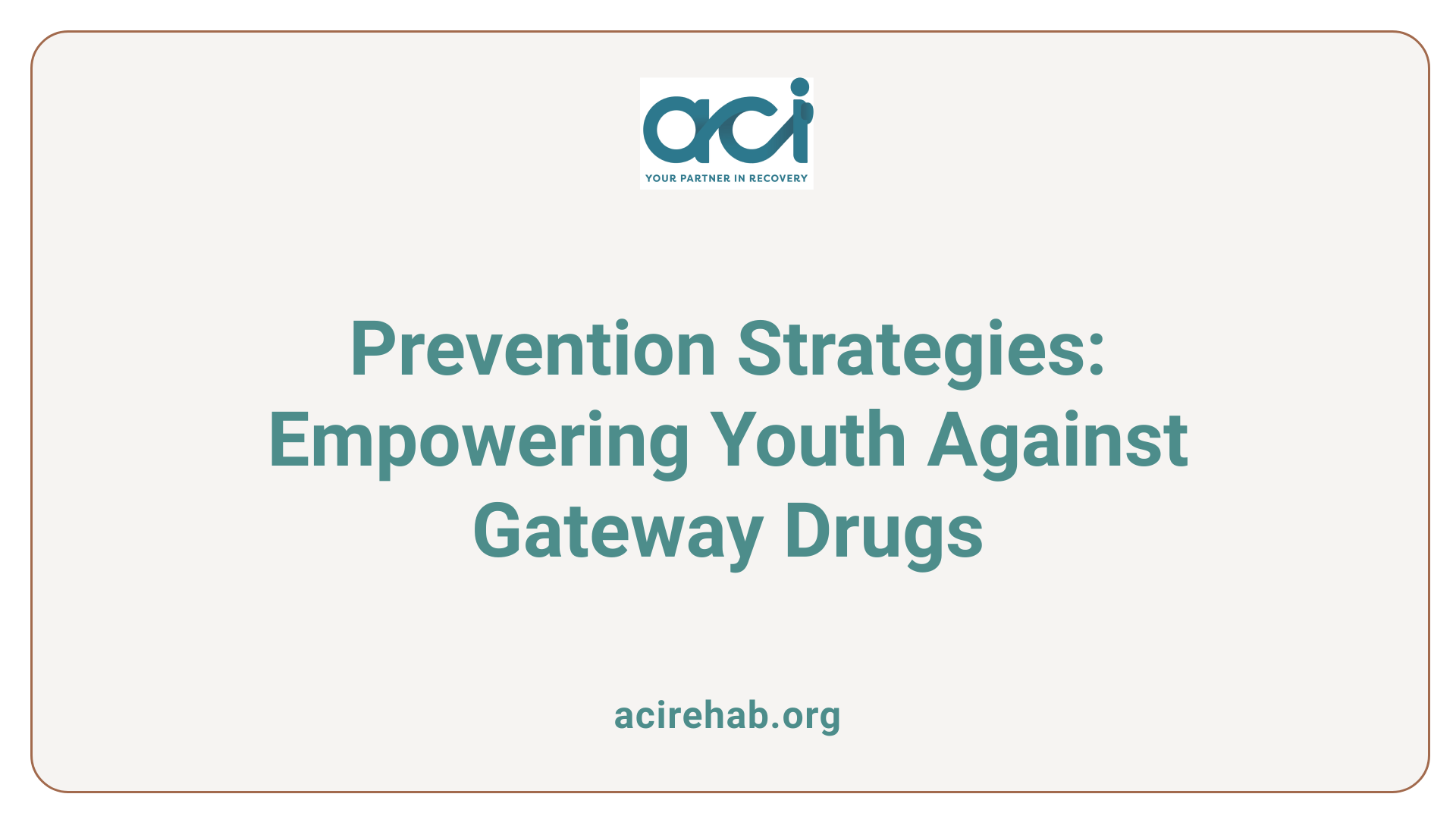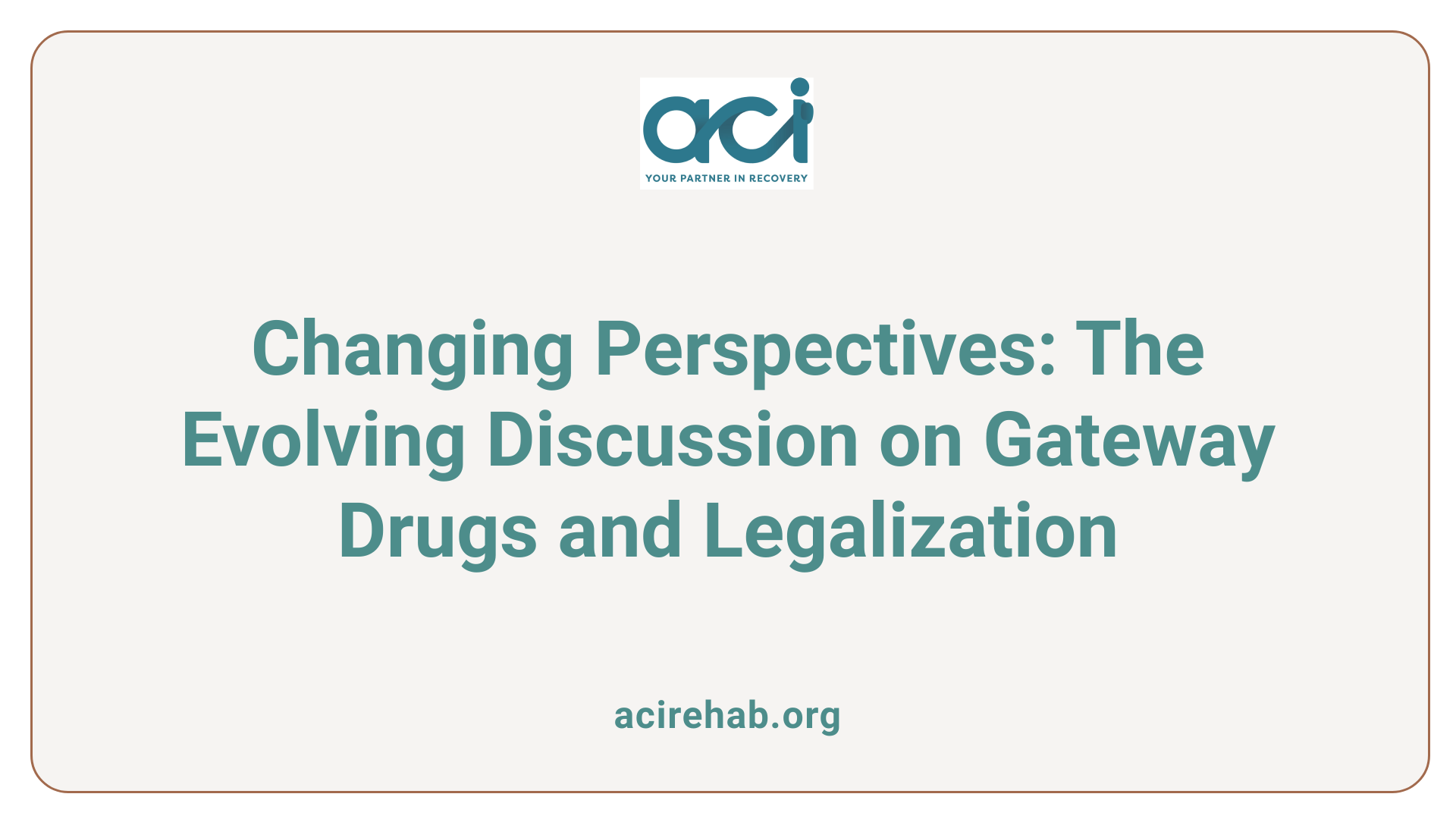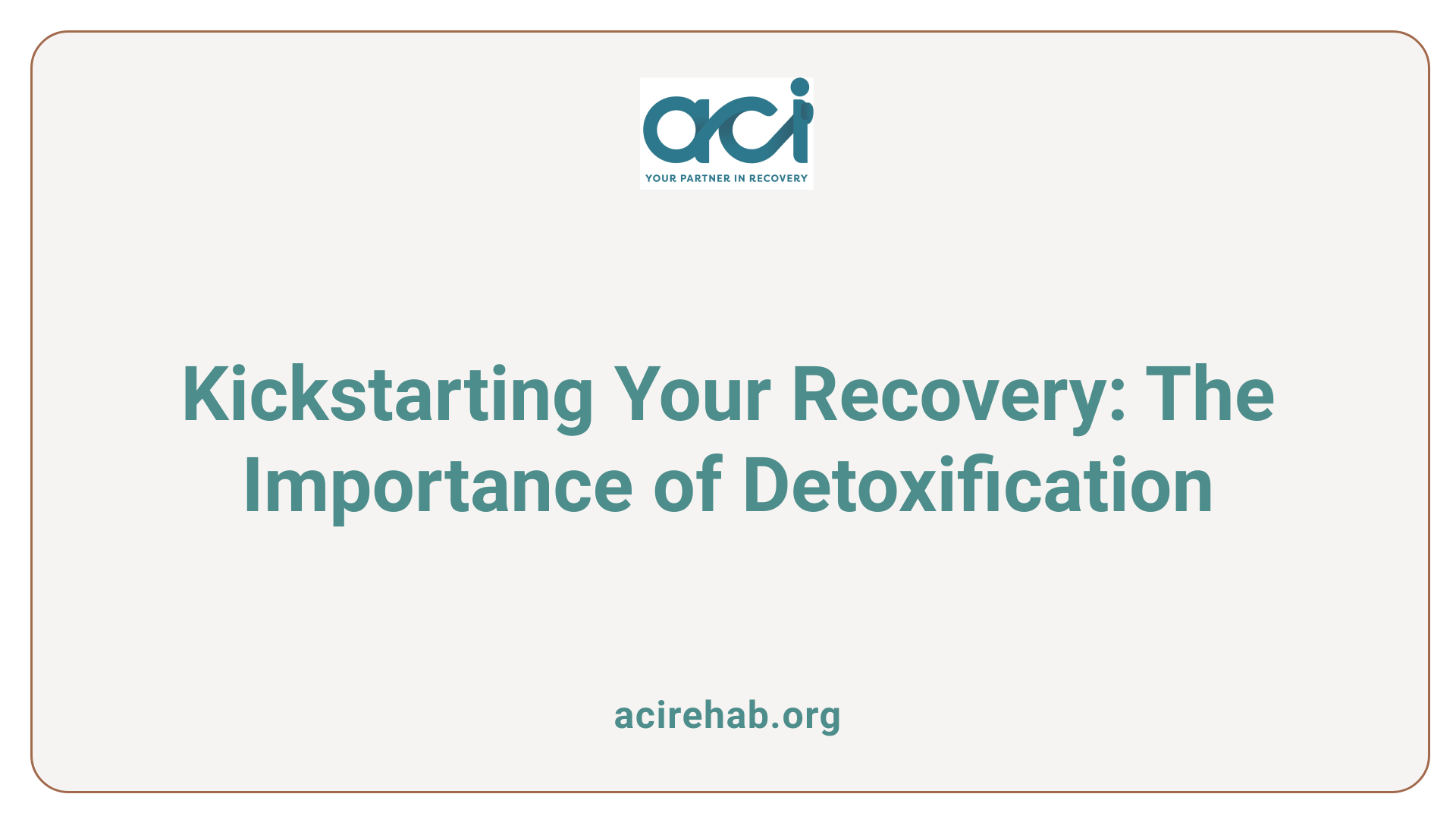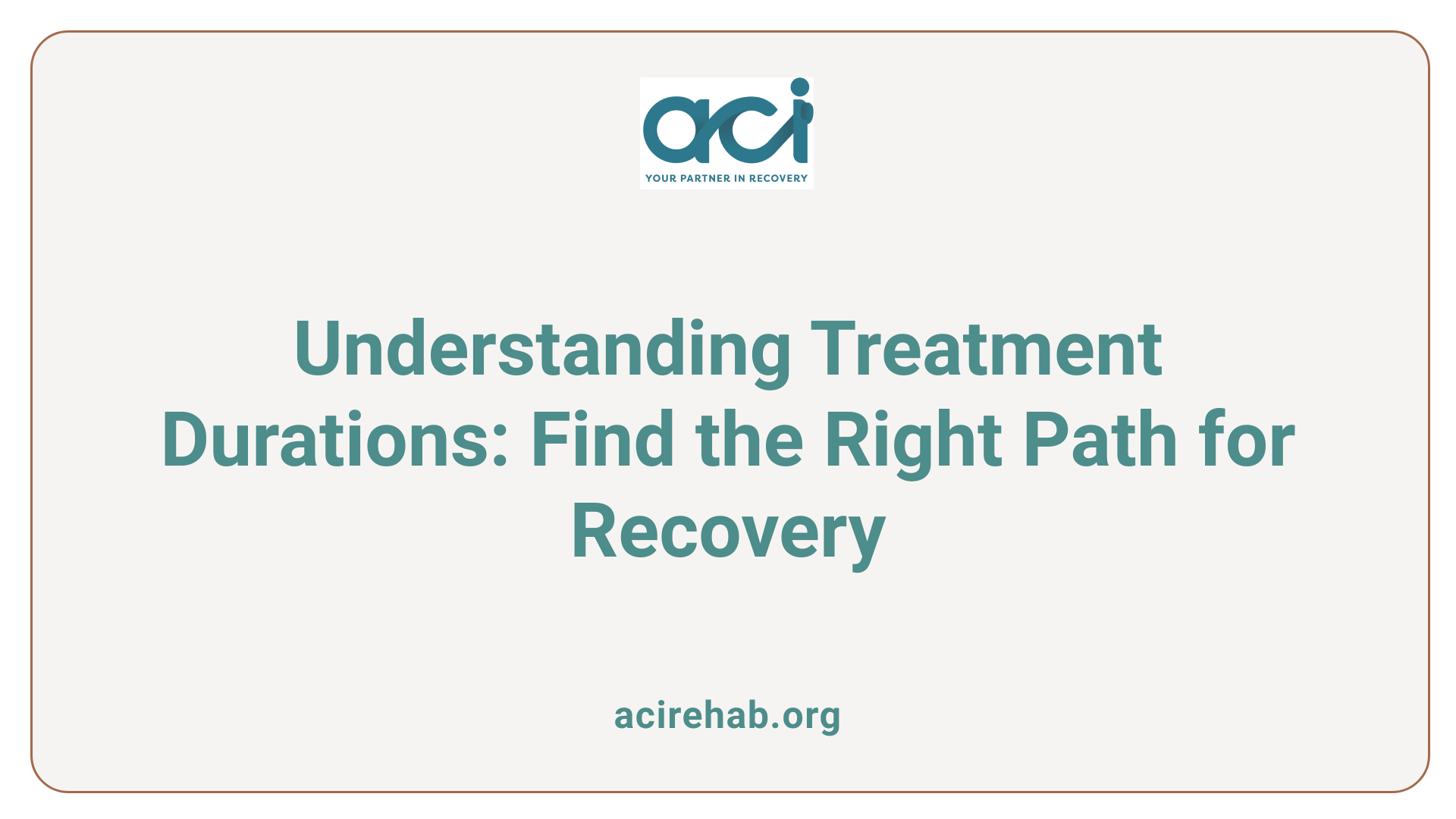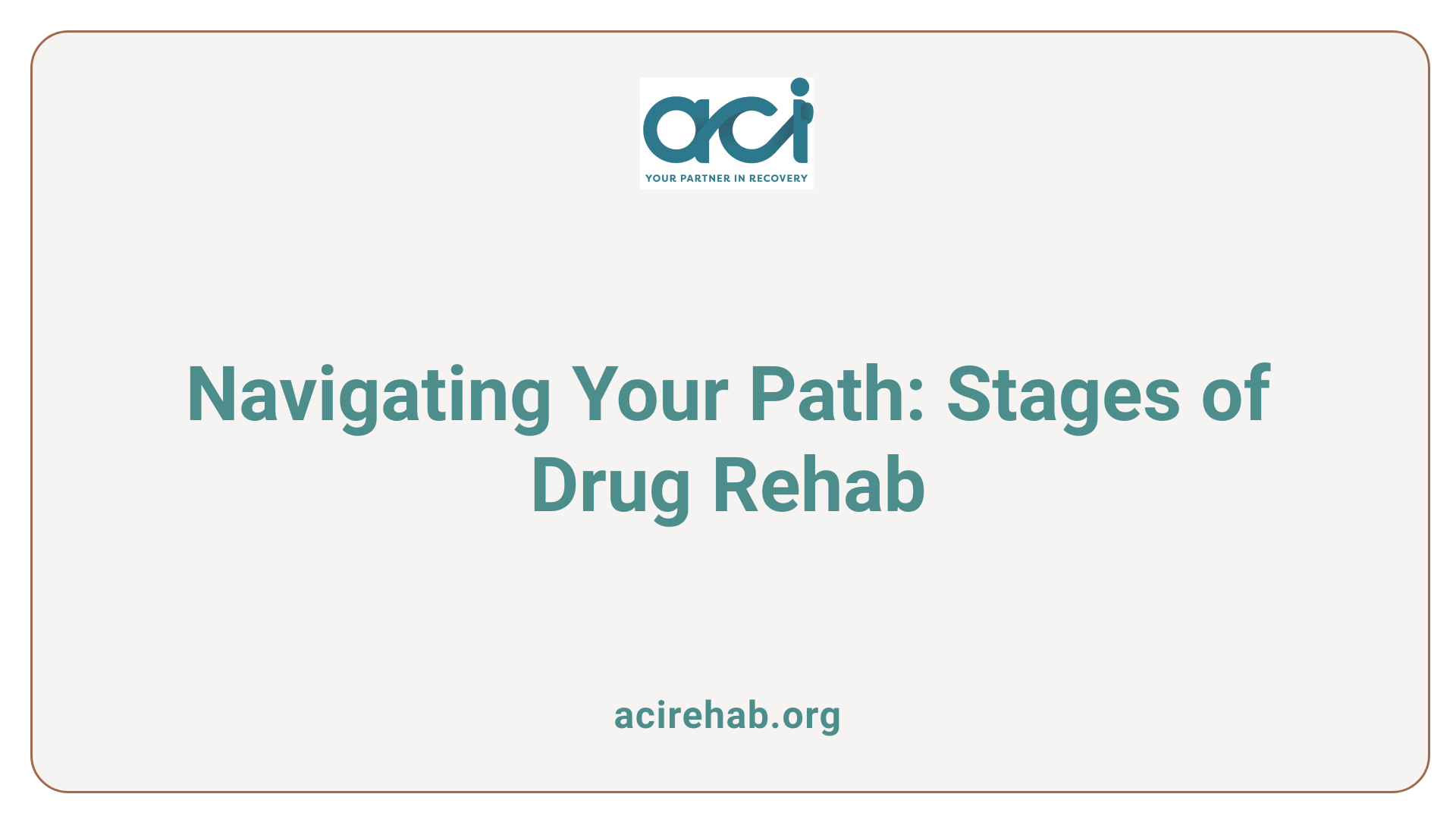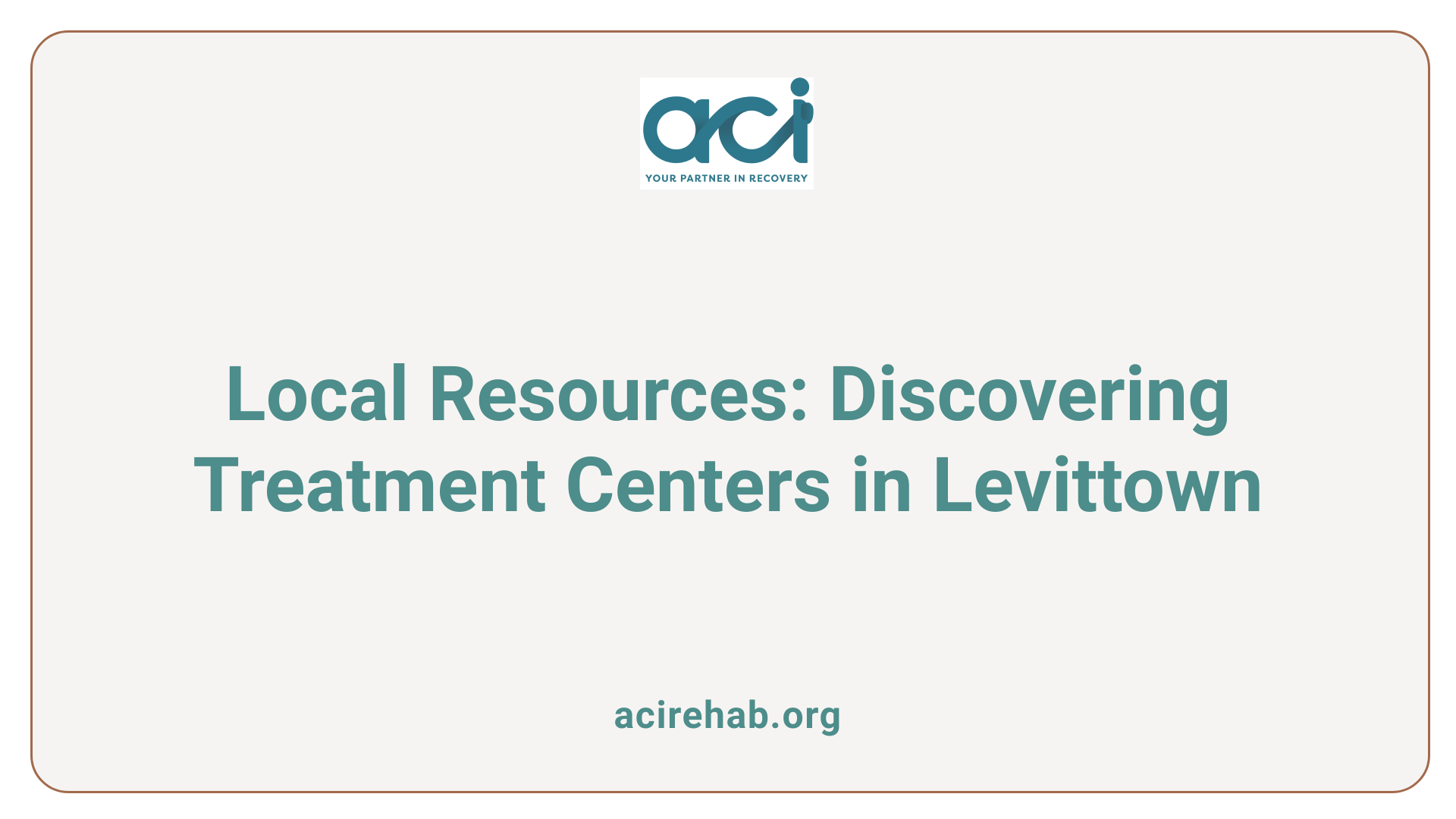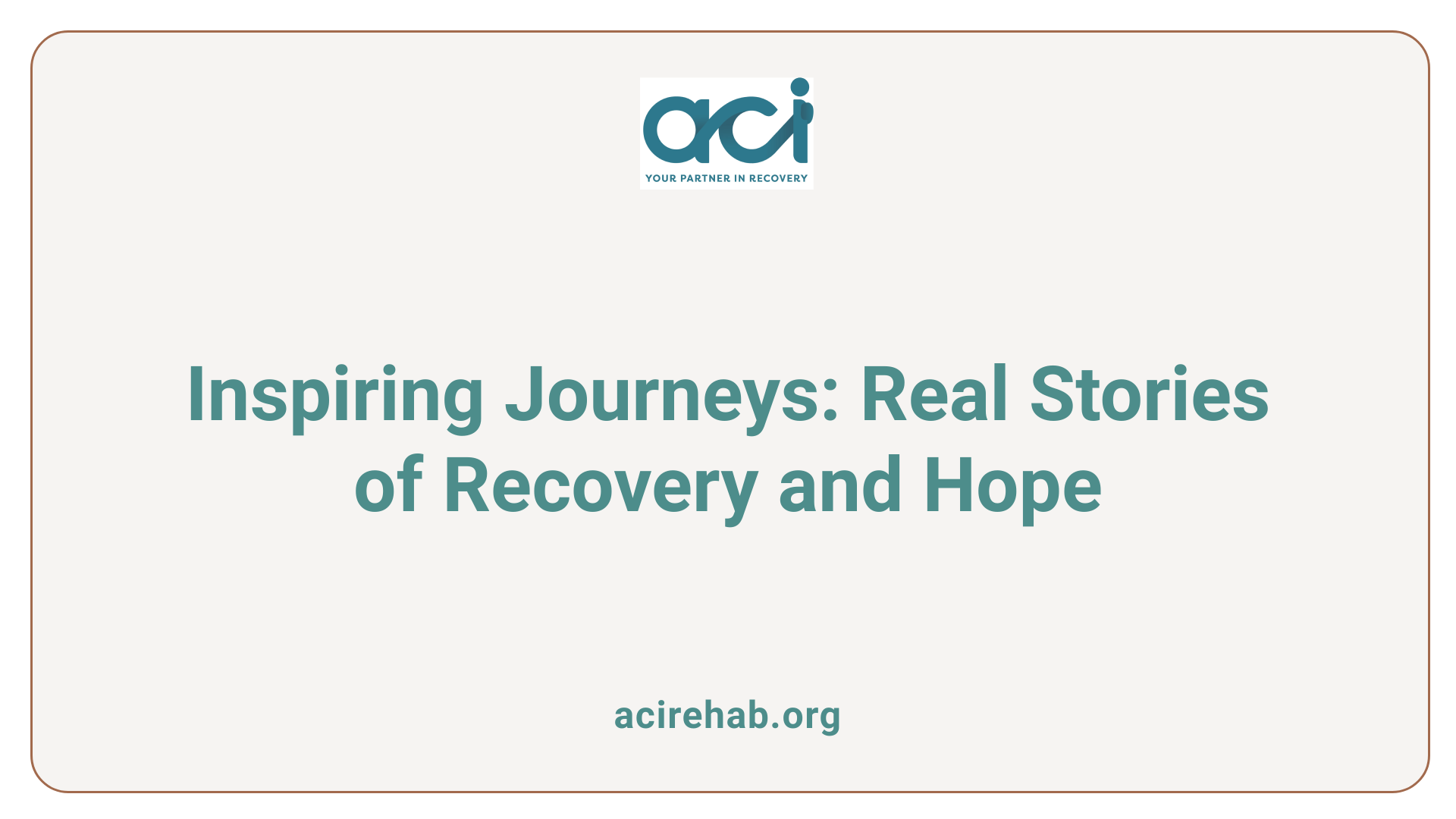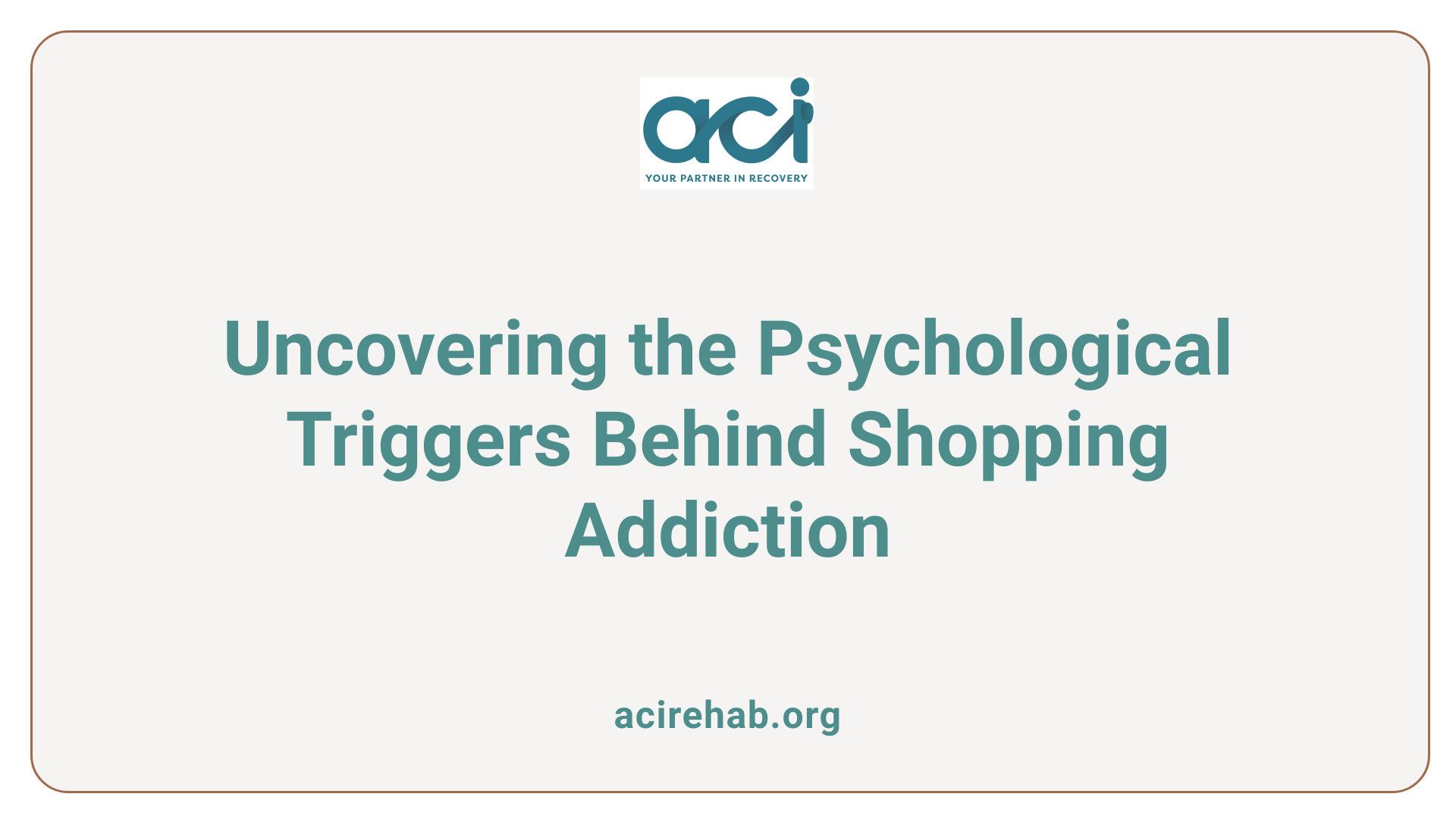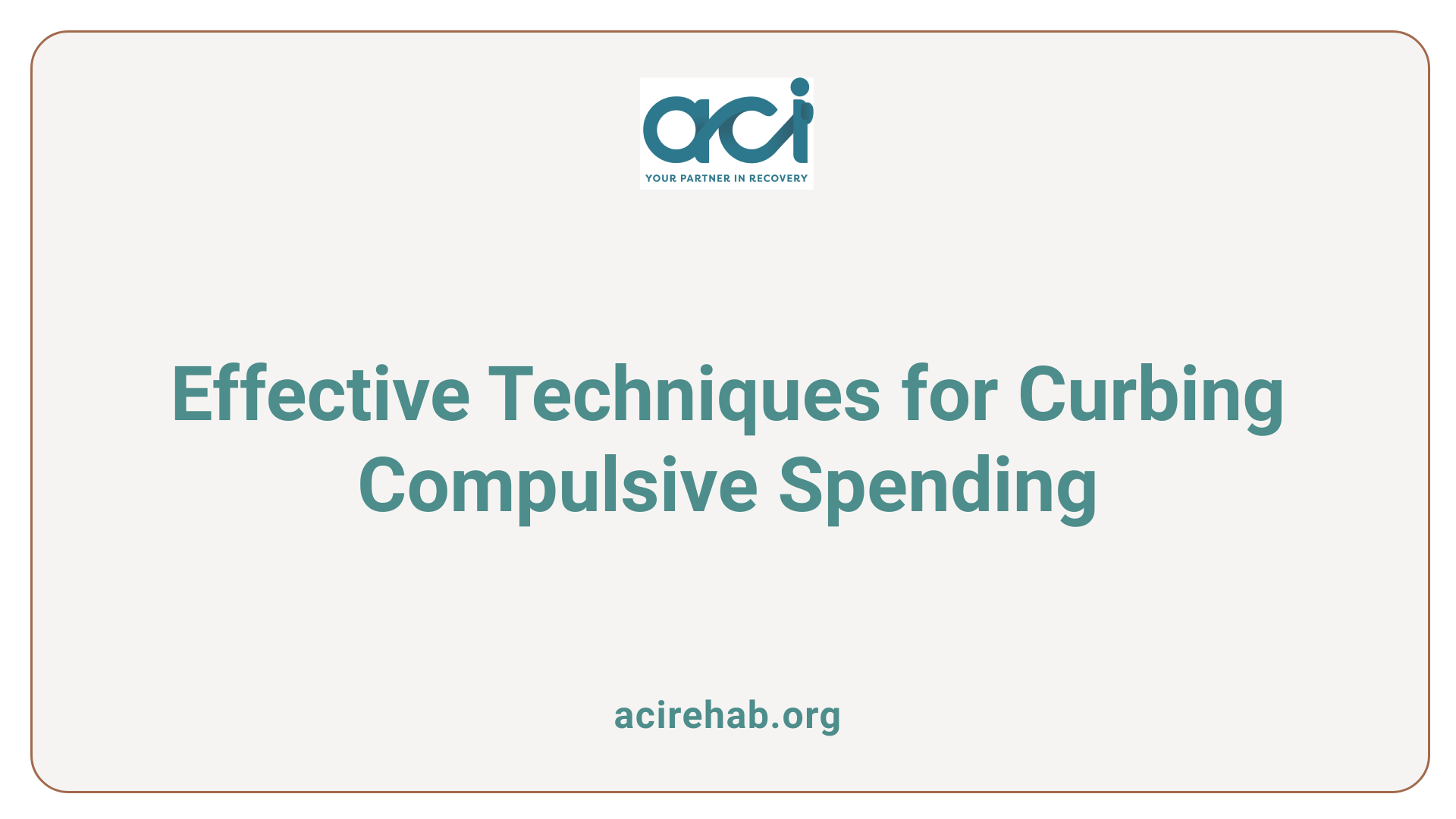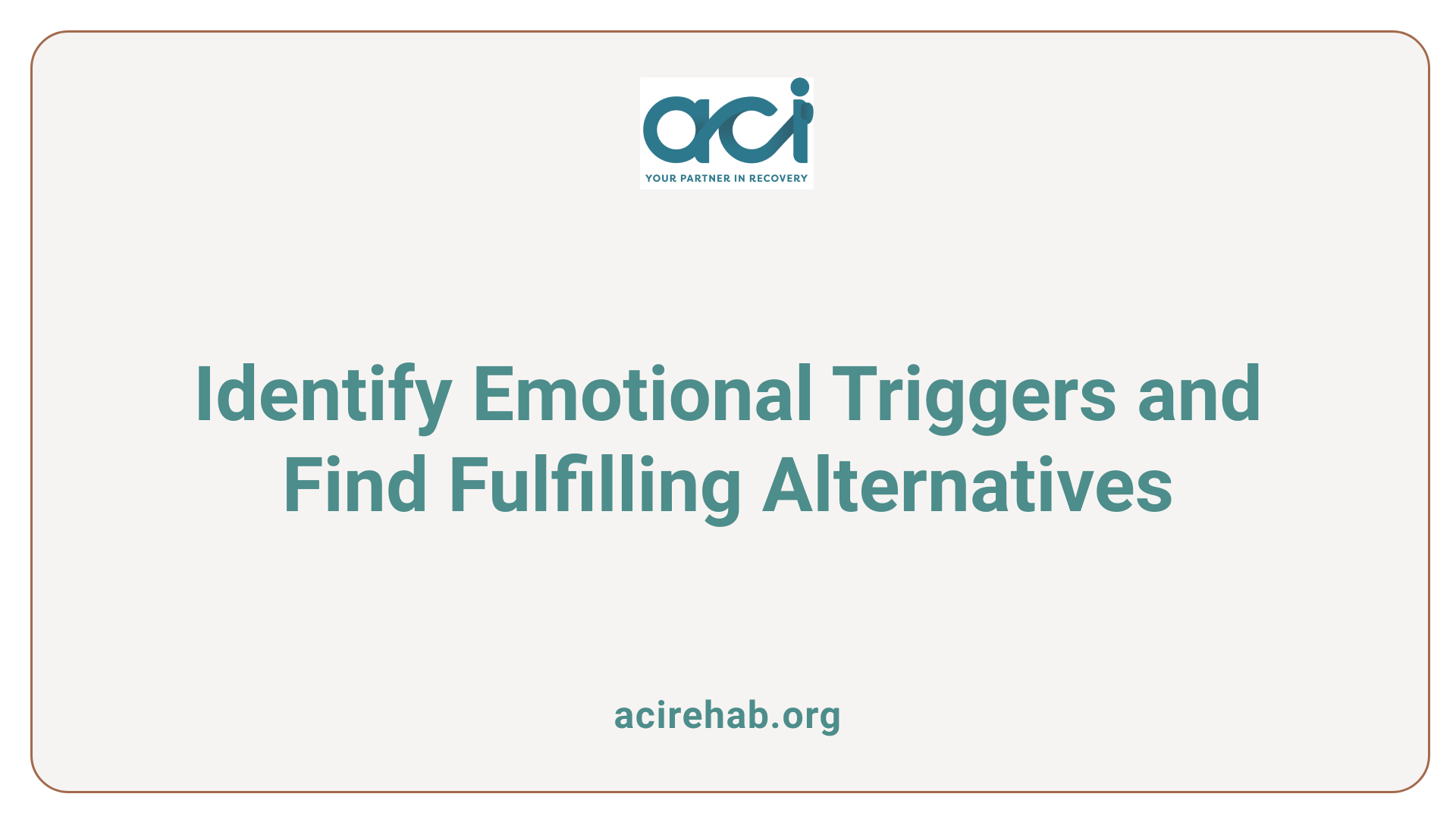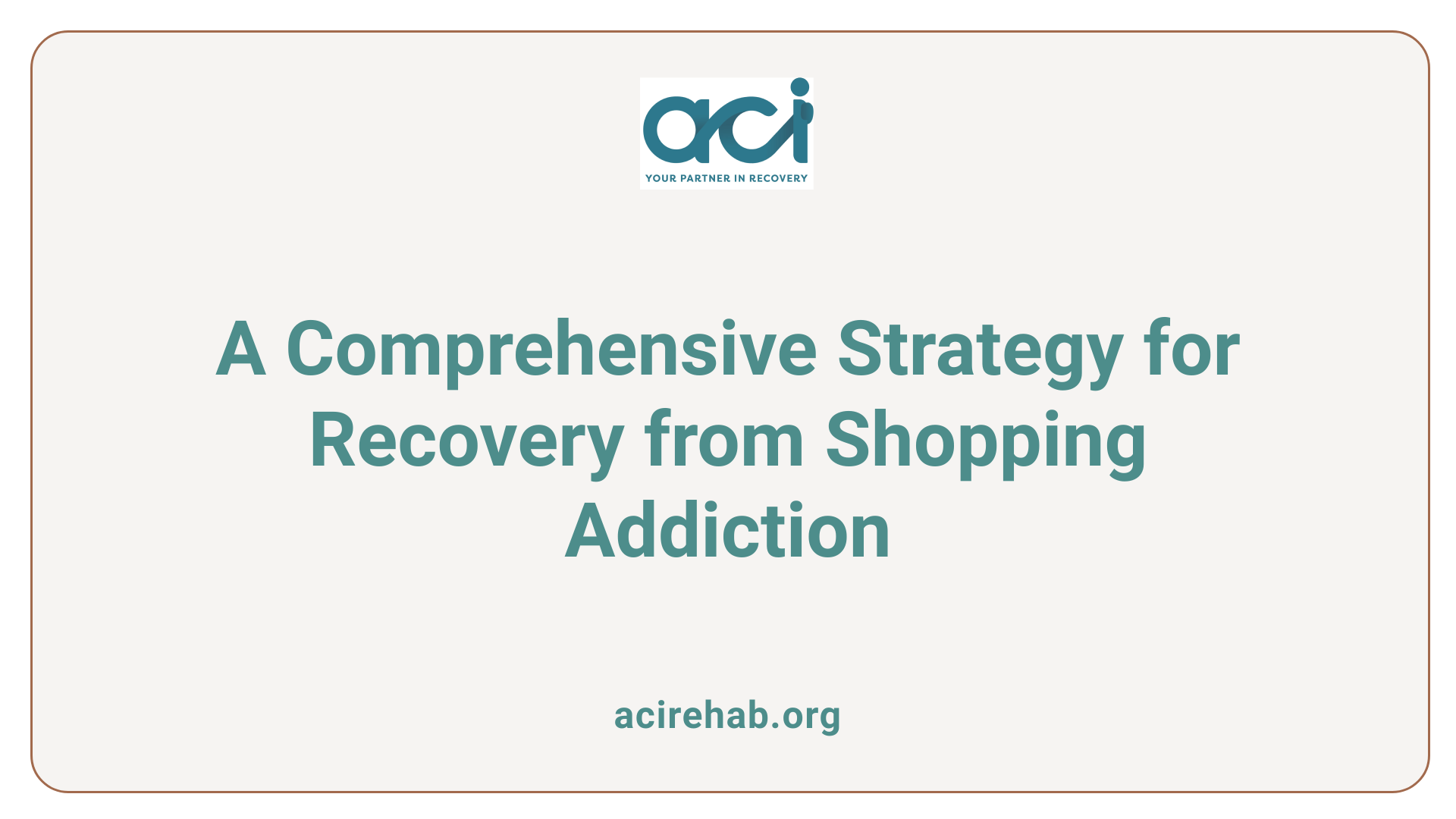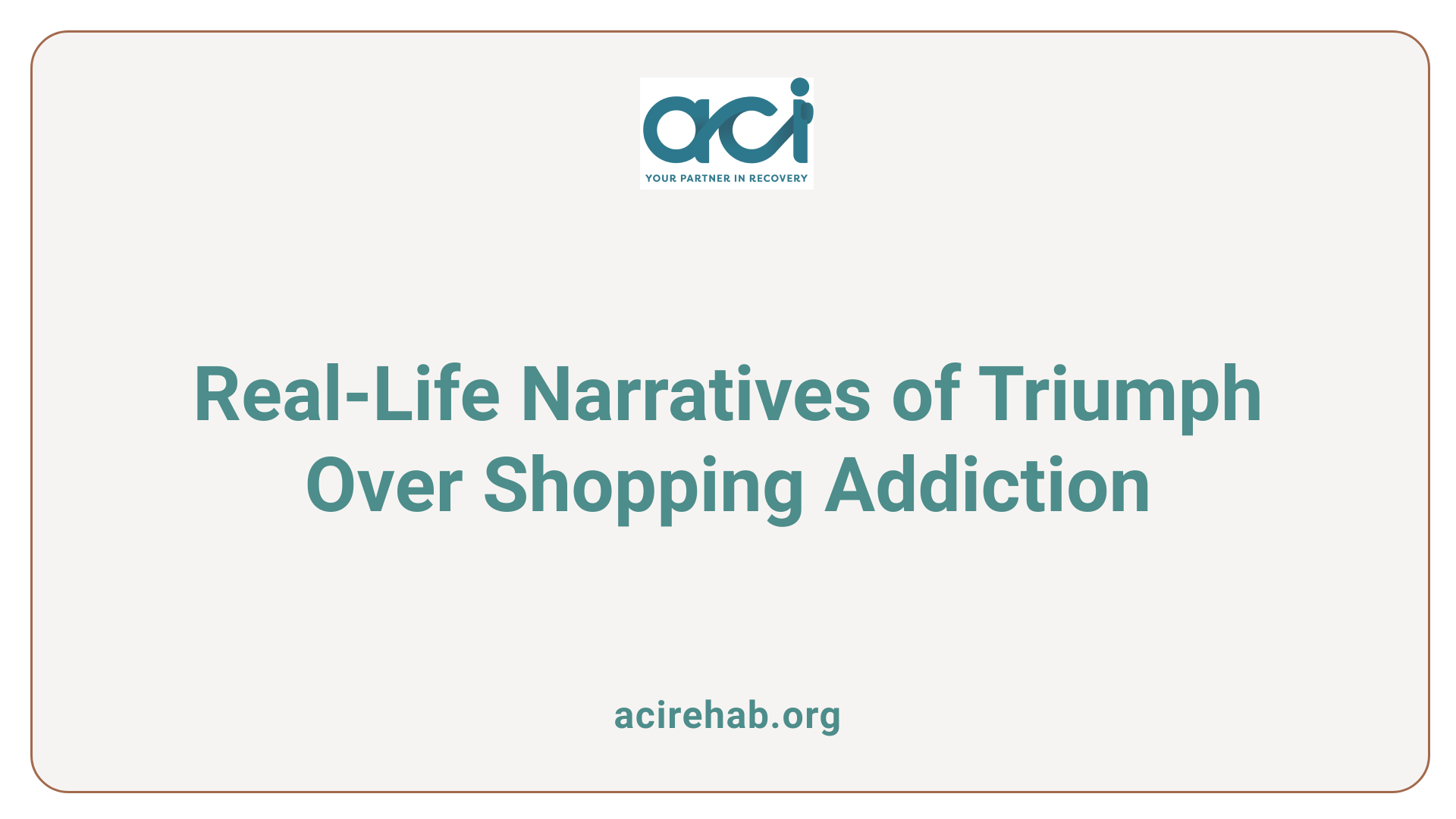Understanding Early Recovery Guidelines
Embarking on the journey to recovery is a courageous step, requiring a structured strategy to overcome challenges encountered along the way. Success in early recovery from addiction hinges on the implementation of effective guidelines that provide direction, accountability, and support. This article highlights three essential guidelines that can guarantee success in the early stages of recovery, focusing on establishing empowering routines, cultivating a robust support network, and setting actionable goals. By integrating these strategies into daily life, individuals can bolster their chances for a successful and sustainable recovery.
Key Facts about Recovery Strategies
- Structured routines in early recovery provide predictability, reducing anxiety and promoting emotional stability.
- A strong support network is essential for recovery, offering accountability and emotional support through family, friends, and peer groups.
- SMART goals provide a clear framework for achieving objectives, promoting motivation and accountability in recovery.
- Key recovery factors include goal-setting, a support network, effective coping strategies, and self-care practices.
- The three fundamental pillars of recovery are therapy, support, and education, addressing emotional and psychological needs.
- Patience, persistence, and perseverance are critical character traits for overcoming obstacles and maintaining sobriety.
- Maintaining recovery success involves a holistic approach, integrating therapy, peer support, and healthy relationships.
- Peer support groups, like Alcoholics Anonymous or Narcotics Anonymous, help build a sense of community and ongoing accountability.
- Self-care practices, such as mindfulness and regular exercise, enhance emotional health and support recovery efforts.
- Effective treatment strategies should be personalized, incorporating therapy types like CBT and DBT to address individual needs.
1. Establish a Structured Daily Routine
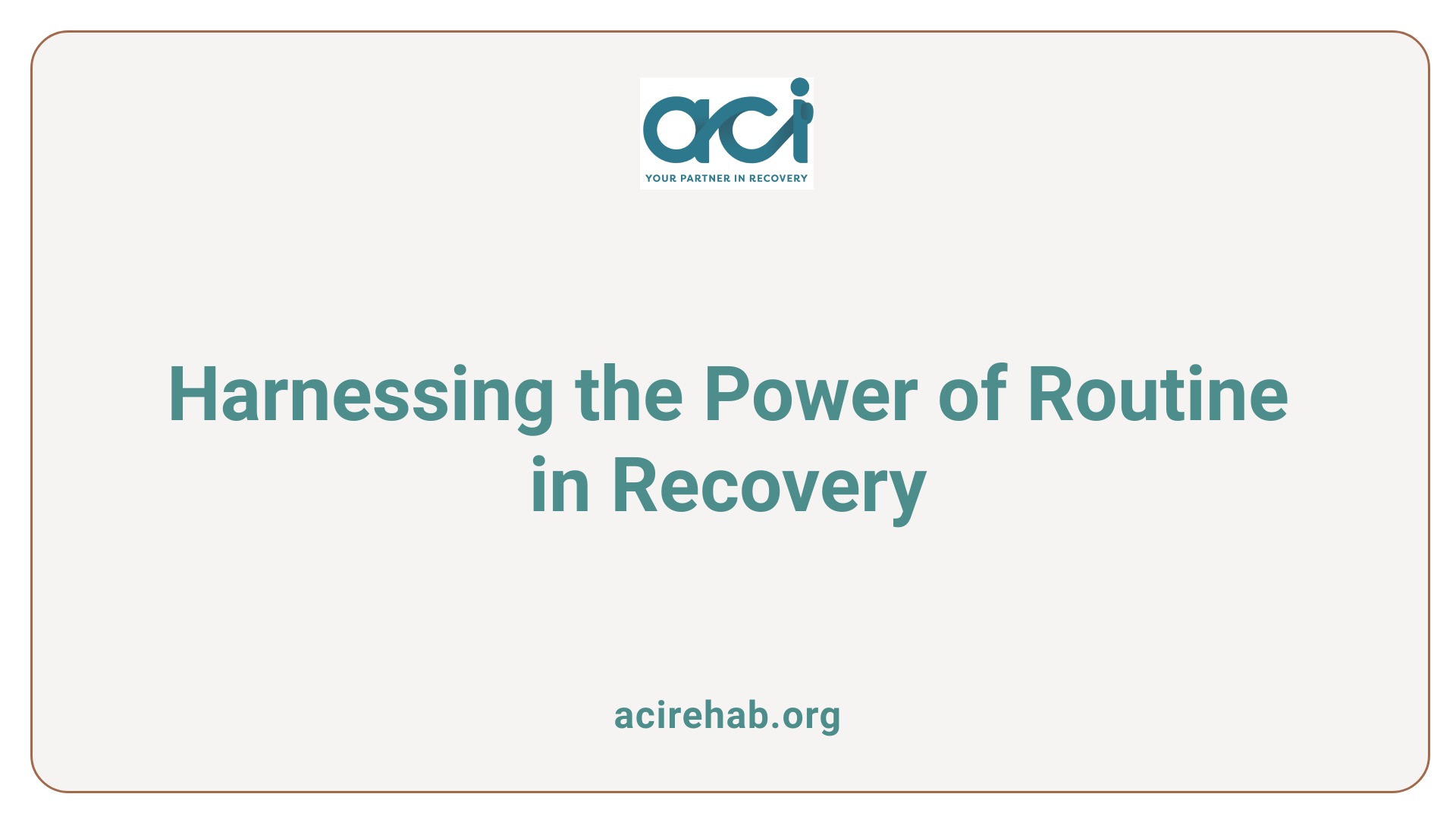
Why is a structured routine important for early recovery?
A structured routine is crucial for early recovery as it provides predictability, reduces anxiety, and aids in emotional stability. By creating a daily schedule, individuals gain a sense of control and purpose, which deters the unpredictability often associated with recovery.
Structured routines also foster stability by encouraging healthy habits, such as regular exercise and balanced nutrition, which are key in managing withdrawal symptoms and promoting overall well-being.
The Importance of Routine in Recovery
Having a well-defined daily routine helps individuals stay focused and committed to their recovery goals. It replaces the chaotic lifestyle often associated with substance abuse with a framework that supports positive growth.
Some benefits of establishing a routine include:
- Emotional Stability: Structure brings a sense of normalcy, which can significantly improve emotional health. When individuals know what to expect from their day, they feel less anxious and overwhelmed.
- Enhanced Productivity: A routine can boost productivity by allocating time for essential activities, including self-care, therapy, and social interactions. This ensures that recovery remains a priority.
- Healthy Choices: Consistent meal times and regular exercise slots contribute to better physical health, further supporting recovery efforts. Structured activities can replace downtime that may lead to cravings or relapse.
Emotional Stability Through Structure
Emotional volatility is common during early recovery as the body adjusts to life without substances. Implementing a structured routine can mitigate this instability. Here’s how:
- Time for Reflection: Routines often include dedicated times for mindfulness or journaling. This practice encourages self-reflection and emotional regulation by allowing time to process feelings rather than acting impulsively.
- Accountability: With a daily schedule in place, individuals can keep track of their commitments and responsibilities, which promotes accountability. Regular check-ins with supportive peers or mentors within the routine help to reinforce commitment to sobriety.
- Reducing Isolation: Structured routines often involve community activities or support group meetings. Engaging with others reinforces connections and combats the loneliness many individuals face in recovery.
Routine’s Impact on Sobriety
A well-structured daily routine plays a vital role in sustaining long-term sobriety. Its impact can be observed in several areas:
- Routine Maintenance: Daily habits such as attending group meetings, exercise, and healthy meal planning form such a routine and can reduce the likelihood of relapse. Regular participation in sober activities creates a fulfilling lifestyle apart from previous addictive behaviors.
- Coping Mechanisms: Individuals in recovery can integrate coping strategies into their routines. Whether it involves meditation, physical activity, or creative outlets, these activities help in managing stress and emotions linked to addiction triggers.
- Long-Term Success: Adhering to a routine provides a stable foundation for integrating life’s responsibilities, paving the way for a balanced approach towards work, relationships, and self-care. Over time, a structured routine fosters independence while allowing individuals to thrive in their sobriety.
Concluding Thoughts on Structure in Recovery
In summary, establishing a structured daily routine significantly enhances recovery outcomes by promoting emotional stability, healthy lifestyle choices, and effective coping mechanisms. This level of organization aids individuals in navigating the tumultuous early stages of recovery and lays a strong foundation for future success. By prioritizing a balanced and supportive routine, individuals can effectively manage the challenges that come with the process of healing from addiction.
2. Building a Strong Support Network
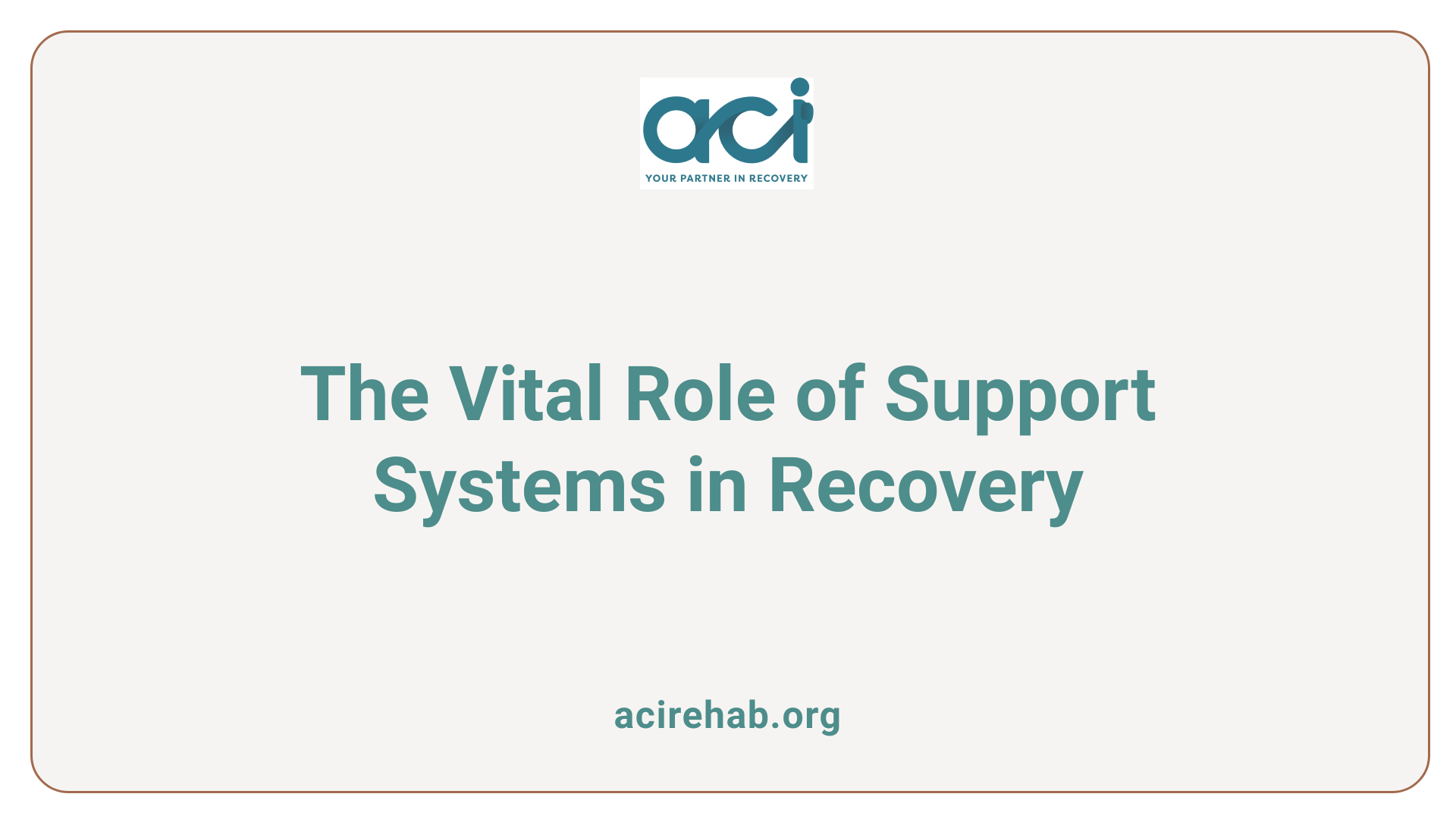
Role of Support Networks
A robust support network is integral to successful recovery from addiction. It comprises family, friends, peers, and healthcare professionals who collectively contribute to an individual’s recovery journey. This network enhances accountability and encourages individuals to remain committed to their sobriety goals. Notably, these connections also offer emotional support that is crucial during the early, often tumultuous, phases of recovery.
Impact of Family and Friends
Family plays a particularly significant role by providing a safe environment for healing. Their support can range from attending therapy sessions together to simply being a sounding board for an individual’s feelings. Friends who understand the recovery process and refrain from enabling behaviors can also contribute positively. This familial and friendly involvement fosters motivation, as loved ones frequently act as a source of accountability.
- Encouragement: Families can influence positive behaviors by encouraging engaging social activities that do not involve substances.
- Understanding: Friends who are empathetic can help the recovering individual feel understood, reducing feelings of isolation.
Studies indicate that those with strong family connections have a better chance of long-term sobriety. This emotional safety net serves to remind individuals that they are not alone in their journey.
Peer Support Groups
Engagement in peer support groups such as Alcoholics Anonymous (AA) and Narcotics Anonymous (NA) is another crucial aspect of recovery. These groups create a welcoming environment that promotes sharing beyond the barriers of shame often associated with addiction. The involvement in these communities offers participants a unique opportunity to connect with others who have walked similar paths.
- Sense of Belonging: Peer groups diminish feelings of isolation by allowing individuals to connect over common challenges.
- Shared Experiences: Conversations and meetings often lead to shared strategies for coping, offering diverse perspectives on recovery successes and setbacks.
- Ongoing Support: Participation in regularly scheduled meetings provides individuals with continually recurring support and reminders of their commitment to sobriety.
How Does a Support Network Aid in the Recovery Process?
A strong support network plays a vital role in the recovery process by offering emotional support, accountability, and motivation. Family, friends, and professionals provide encouragement, helping individuals stay committed to their sobriety journey. Peer support groups, such as AA or NA, offer shared experiences and a sense of belonging, effectively reducing feelings of isolation. These networks are essential for managing stress and decreasing the likelihood of relapse, as they foster a community where individuals can share challenges and celebrate milestones together.
Moreover, accountability partners within these networks can structure regular check-ins or progress discussions, reinforcing the individual’s commitment to their recovery goals. Engaging with supportive acquaintances alters the recovery experience by creating a foundation of trust and openness.
Table: Support Network Elements and Their Benefits
| Element |
Description |
Benefits |
| Family Support |
Involvement of family members in recovery |
Emotional stability, motivation |
| Friendship |
Positive friendships free from enabling |
Reduced isolation, encouragement |
| Peer Support Groups |
Groups like AA & NA providing community |
Shared experiences, ongoing support |
| Professional Help |
Counseling from therapists and counselors |
Coping strategies, emotional guidance |
| Accountability Partners |
Designated individuals keeping track of progress |
Reinforced commitment, structured check-ins |
Utilizing Your Network Effectively
To maximize the benefits of your support network, it is important to engage actively and communicate your needs. Here are some strategies:
- Be Open and Honest: Share your struggles and successes to nurture deeper connections
- Set Boundaries: Protect your recovery by establishing clear boundaries with enabling relationships
- Participate Regularly: Engage in group activities or meetings to sustain connections and accountability
- Seek Professional Support: Utilize therapists or counselors to enhance your support network with expert advice as needed
By intentionally fostering these connections, individuals can significantly bolster their recovery efforts, ensuring they remain on track to a healthier future.
3. Setting SMART Recovery Goals
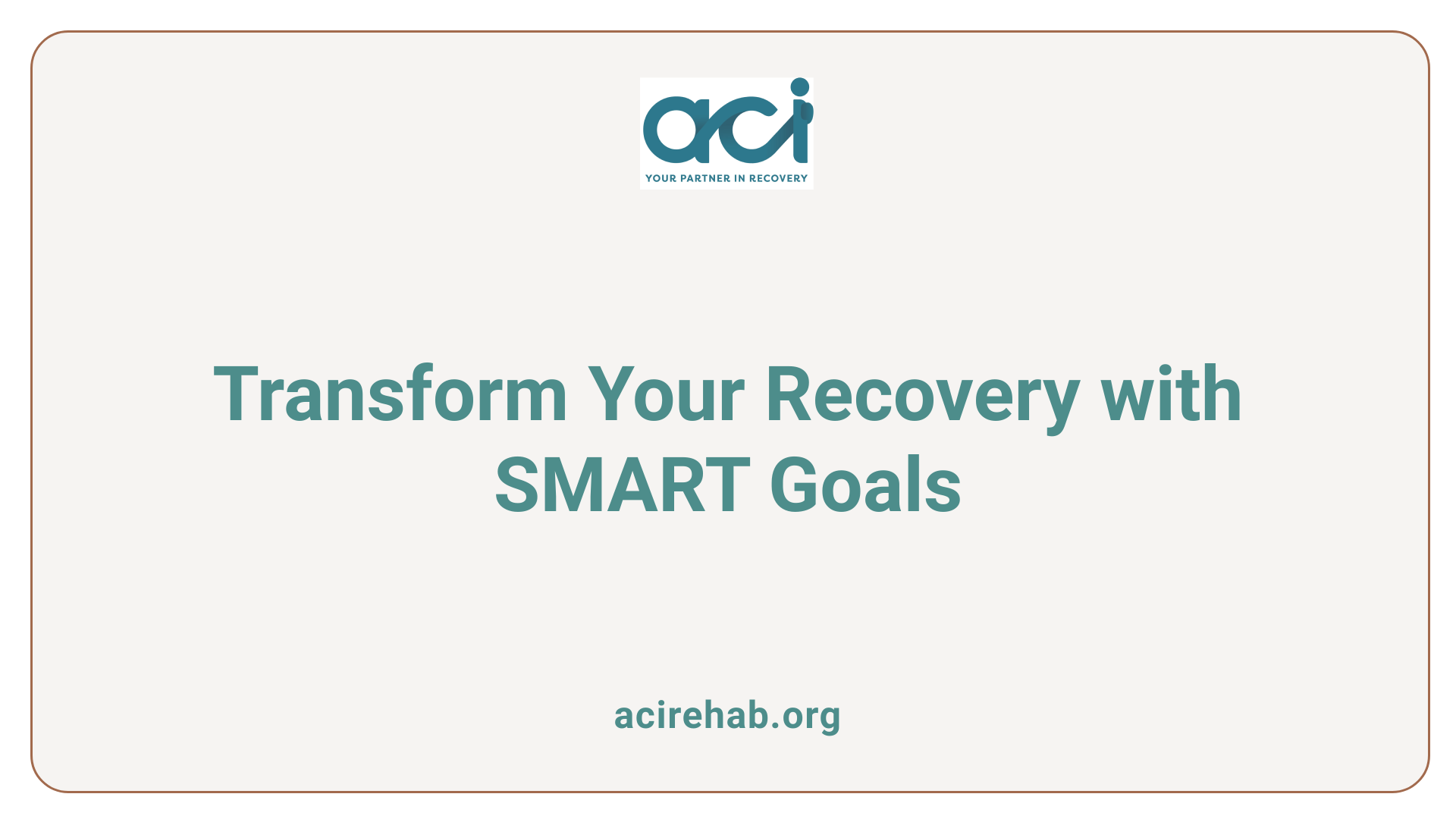
Goal-Setting in Recovery
Setting goals is a pivotal part of the recovery process, especially in the early stages after overcoming addiction. Clear objectives not only offer direction but also help motivate individuals to stay engaged in their recovery journey. Regularly achieving these goals can foster a sense of accomplishment, reinforcing the commitment to sobriety.
What makes SMART goals effective for recovery?
SMART goals are effective for recovery because they provide a clear and structured path to achieving objectives. By focusing on Specific, Measurable, Achievable, Relevant, and Time-bound goals, individuals can create realistic targets that foster accountability and track progress. This framework ensures that goals are well-defined, allowing individuals in recovery to maintain focus and direction, thereby boosting motivation and enhancing resilience against setbacks. SMART goals offer a roadmap for individuals to navigate recovery challenges and measure their growth effectively.
Applying the SMART Framework in Recovery
The SMART framework can be applied in various ways during the recovery journey:
- Specific – Clearly define what you want to achieve. For instance, instead of saying "I want to be healthier," specify "I will exercise for 30 minutes, three times a week."
- Measurable – Set criteria to measure your progress. This can include tracking the days of sobriety or documenting the number of support group meetings attended.
- Achievable – Ensure that your goals are realistic. If a goal feels overwhelming, break it down into smaller steps that feel more attainable.
- Relevant – Align your goals with your personal recovery objectives. Focus on what truly matters in your recovery process, whether that is improving relationships, enhancing health, or finding new coping mechanisms.
- Time-bound – Set deadlines for your goals to create a sense of urgency. For example, instead of setting a vague goal like "I want to meditate more," commit to meditating for ten minutes every morning for the next month.
Benefits of Setting SMART Goals
Using the SMART goal framework provides multiple advantages during recovery:
- Enhanced Accountability: By setting clear goals, individuals are more likely to share their objectives with others. This builds accountability within their support system, encouraging them to stay on track.
- Clear Direction: SMART goals provide a crystal-clear indication of what needs to be accomplished. This minimizes confusion and helps individuals focus on specific tasks, making the recovery process less daunting.
- Reinforced Motivation: Achieving incremental goals can significantly boost motivation. Celebrating small victories reinforces positive behaviors and encourages continued progress. This is particularly important in the challenging early stages of sobriety, where positive reinforcement can make a substantial impact.
- Structured Planning: With a defined timeline and measurable benchmarks, it’s easier to plan daily routines and activities that align with recovery goals. For instance, someone might plan to attend therapy sessions or support groups regularly, creating a structured path that paves the way for success.
Implementing SMART Goals Effectively
To make the most of SMART goals:
- Regularly Review and Adjust Goals: It’s essential to check in on your goals periodically. Life changes, and so do circumstances; therefore, being adaptable allows adjustments to enhance the recovery journey.
- Share Your Goals with Others: Open communication about goals with family, friends, or support groups can offer further motivation and support. It also helps to ensure accountability and candor in one’s journey towards recovery.
- Utilize Resources and Support: Engage with resources like recovery apps, journals, or professional guidance to help track goals and celebrate achievements. This reinforces the accountability and structure provided by SMART objectives.
Examples of SMART Goals in Recovery
| Type of Goal |
SMART Goal Example |
Outcome Focus |
| Health |
"I will attend a yoga class twice a week for two months." |
Improved physical and mental health |
| Social |
"I will attend a support group meeting once a week for three months." |
Building a support network |
| Emotional |
"I will journal about my feelings for ten minutes daily for one month." |
Enhanced emotional processing and understanding |
| Routine |
"I will create a daily meal plan for the next two weeks." |
Establishing healthy eating habits |
| Professional |
"I will update my resume and apply for three jobs by the end of the month." |
Career advancement and stability |
By utilizing the SMART framework for goal setting, individuals can lay a strong foundation in their recovery journey, ensuring progress is sustainable and measurable.
Identifying Key Recovery Success Factors
What are the most important factors for successful recovery from addiction?
Successful recovery from addiction hinges on several foundational components. Setting realistic goals and expectations is vital as it aids in maintaining motivation through achievable milestones. This process allows individuals to celebrate small victories, providing a sense of progress and commitment to their sobriety journey.
Building a strong support network cannot be overstated. Individuals surrounded by family, friends, and support groups have better emotional backing and accountability, making it easier to navigate challenges and reduce feelings of isolation. Engaging with peers who share similar experiences, such as those in Alcoholics Anonymous (AA) or Narcotics Anonymous (NA), fosters a sense of belonging and encouragement.
How does coping strategy influence recovery?
Implementing effective coping strategies tailored to individual needs is critical for managing stress and potential triggers. Mindfulness practices, physical exercise, and engaging in hobbies promote emotional stability and help combat anxiety and depression. Regular physical activity, for example, releases endorphins, enhancing mood and overall well-being.
Why is self-care important in recovery?
Prioritizing self-care plays a crucial role in enhancing recovery outcomes. Adequate sleep, proper nutrition, and hydration contribute to physical health, while mindfulness and leisure activities support mental health. Cultivating a balanced approach to responsibilities helps avoid burnout, allowing individuals to steadily navigate their recovery without overwhelming themselves.
What other factors affect recovery experience?
Furthermore, the quality of treatment facilities, program options available, their location, and associated costs significantly influence the recovery experience and outcomes. Personalized treatment strategies, including cognitive-behavioral therapy, are also essential for addressing the varied complexities of addiction.
In summary, intertwining these factors—goal-setting, support systems, coping mechanisms, and self-care—is integral for fostering a solid foundation in addiction recovery.
Understanding the Pillars of Addiction Recovery
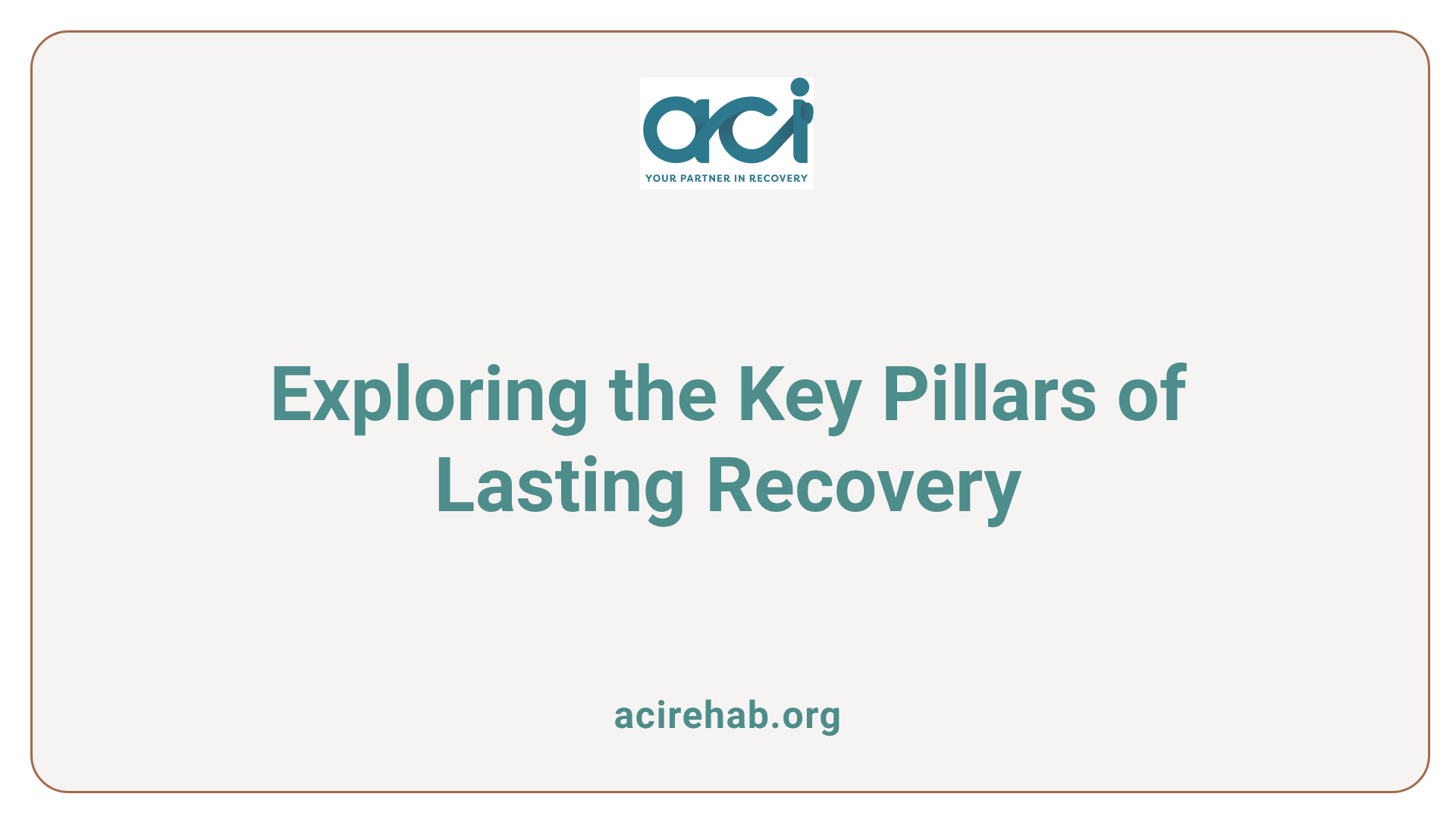
What are the three fundamental pillars of addiction recovery?
The journey of addiction recovery rests on three essential pillars: therapy, support, and education. Each plays a crucial role in helping individuals navigate the complexities of recovery, enabling a more holistic approach to overcoming addiction.
Therapy: Addressing the Core Issues
Therapy is fundamental to recovery as it tackles the mental and emotional components of addiction. Techniques such as Cognitive Behavioral Therapy (CBT) and Dialectical Behavior Therapy (DBT) focus on fostering self-awareness and developing coping strategies. These therapies help individuals identify negative thought patterns and behavioral triggers, guiding them to healthier responses to stress and emotional upheaval. Regular therapeutic sessions can enhance emotional regulation, reducing anxiety and depression often present in early recovery phases.
Support: Building a Safety Net
A robust support network is critical in sustaining recovery. This network comprises family, friends, professionals, and peer groups. Participation in organizations like Alcoholics Anonymous (AA) or Narcotics Anonymous (NA) provides a communal space where shared experiences encourage accountability and motivation. Regular check-ins with supportive peers amplify commitment to sobriety and reduce feelings of isolation that can accompany the early stages of recovery.
| Type of Support |
Benefits |
Examples |
| Family Support |
Enhances emotional well-being and accountability |
Regular check-ins, involvement in therapy |
| Peer Support |
Creates a sense of community and shared learning |
AA or NA meetings |
| Professional Help |
Offers strategies to cope with addiction |
Individual therapy, group sessions |
Education: Empowering Recovery
Education is vital for individuals on their recovery journey. Understanding addiction and its effects can empower individuals to make informed choices. Educational resources help identify personal triggers, which is pivotal in crafting effective relapse prevention strategies. Engaging in continuous learning about addiction fosters resilience and confidence, making it easier to implement healthier coping mechanisms. Self-education also builds awareness about the importance of proper self-care practices, such as maintaining a structured routine, practicing mindfulness, and establishing realistic recovery goals using the SMART framework.
The Intersection of the Three Pillars
All three pillars—therapy, support, and education—work synergistically to create a comprehensive recovery strategy. Each element reinforces the others; therapy provides individuals with tools and understanding, support offers encouragement to apply these tools, and education empowers them with knowledge to sustain recovery long-term. Together, they address not only the psychological challenges but also the sociocultural aspects of overcoming addiction, laying a solid foundation for lasting sobriety.
Incorporating these pillars into a recovery plan significantly increases the success rates and helps individuals reclaim their lives from addiction.
The Role of the Three P’s in Recovery
What are the three P’s of recovery and how do they contribute to the process?
The journey to recovery from addiction is often a long and complex one, and the three P’s—patience, persistence, and perseverance—play a pivotal role in this process. Each of these characteristics contributes uniquely to creating a robust foundation for long-lasting recovery.
Patience
Recovery is not a sprint; it’s a marathon.
- Understanding the Process: Healing from addiction is a gradual journey, and individuals must recognize that setbacks are part of the process.
- Self-Compassion: Practicing patience fosters self-compassion, allowing individuals to treat themselves kindly when facing challenges, instead of reverting to self-judgment.
Persistence
Persistence is the driving force that encourages individuals to remain dedicated to their recovery goals despite the hurdles they encounter.
- Staying Committed: This quality helps individuals push through difficult moments, reminding them why they started their recovery journey in the first place.
- Motivational Anchor: By remaining persistent, individuals are more likely to engage in necessary activities such as attending support groups or therapy sessions, crucial for recovery.
Perseverance
Perseverance ties the first two P’s together, acting as a tenacious mindset that enables individuals to overcome obstacles.
- Determined Focus: This trait empowers individuals to stay focused on their health goals, even when faced with considerable adversity.
- Resilience: A strong sense of perseverance builds resilience, fortifying individuals against the temptations and stressors they may encounter.
| Quality |
Description |
Impact on Recovery |
| Patience |
Understanding that recovery is gradual |
Promotes self-compassion and reduces pressure |
| Persistence |
Commitment to continue despite difficulties |
Encourages attendance at support groups and therapy for sustained growth |
| Perseverance |
Determination to push through challenges |
Enhances resilience against triggers and fosters long-term health goals |
Together, these three P’s create a nurturing environment for individuals in recovery. Fostering patience, embracing persistence, and embodying perseverance not only enhance emotional stability but also significantly contribute to achieving and maintaining sobriety. By recognizing the importance of these attributes, individuals can better navigate their recovery journey with strength and renewed hope.
Holistic Approaches for Maintaining Recovery
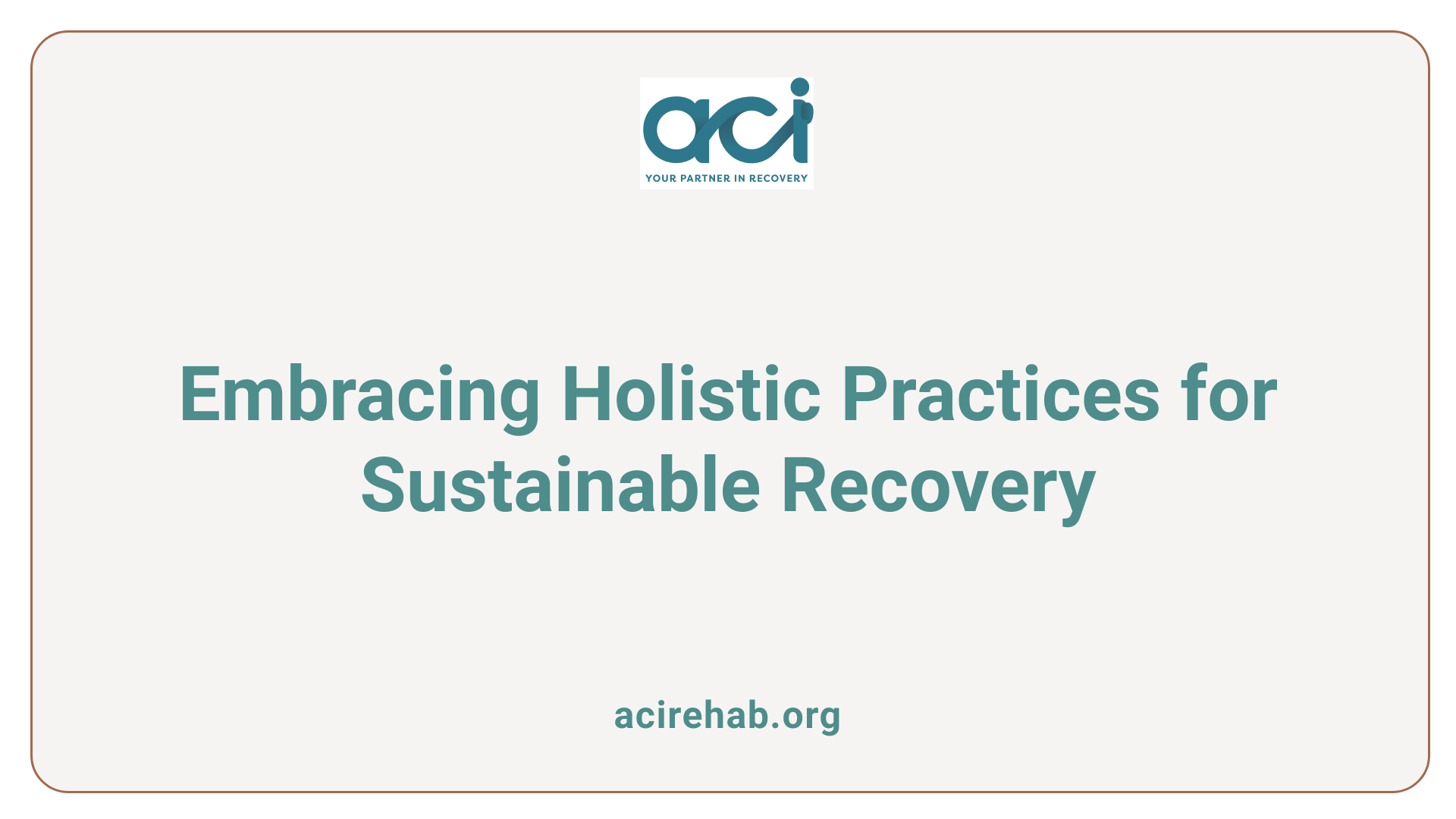
What is the key to success in maintaining recovery from addiction?
The key to success in maintaining recovery from addiction lies in a holistic approach that incorporates various supportive elements. This multi-faceted strategy addresses emotional, psychological, and social needs, ensuring individuals have the necessary tools to navigate their recovery journey effectively.
Continuing therapy plays a pivotal role in this process. Regular sessions with a licensed therapist help individuals develop essential coping strategies, enhance self-awareness, and tackle any underlying issues related to their addiction. This ongoing support can significantly reduce feelings of isolation and provide a safe space to express emotions and work through challenges.
Peer support is another fundamental aspect of maintaining sobriety. Engaging in support groups such as Alcoholics Anonymous (AA) or Narcotics Anonymous (NA) fosters a sense of community. In these settings, individuals can share experiences, challenges, and victories, creating an environment where belonging and understanding thrive. Having a sponsor within these groups can also provide personalized guidance, encouragement, and accountability, essential for navigating tough moments.
Cultivating healthy relationships with family and friends is crucial for creating a durable support network. These connections offer emotional stability and practical support, significantly enhancing resilience. Communicating openly with loved ones about needs and boundaries is essential for nurturing these relationships, which help reinforce a positive recovery journey.
In addition to relationships, self-care practices deserve attention. Engaging in hobbies, mindfulness practices, or physical activities can bolster emotional health and provide balance. For example, regular exercise not only improves physical health but also boosts mood through the release of endorphins, countering feelings of anxiety and depression common in early recovery.
Overall, maintaining recovery is most successful when individuals blend continued therapy, peer support, and healthy relationships into their daily lives. This comprehensive approach not only enhances emotional well-being but also empowers individuals to stay committed to their sobriety and personal growth.
Additional Considerations for Maintaining Recovery
| Strategy |
Benefits |
Implementation Tips |
| Continuing Therapy |
Provides coping tools and emotional support |
Schedule regular appointments and set specific goals. |
| Peer Support Groups |
Fosters community and shared experiences |
Attend meetings regularly and participate actively. |
| Healthy Relationships |
Enhances emotional stability and resilience |
Openly communicate boundaries, seek supportive connections. |
| Self-Care Activities |
Boosts mood and emotional health |
Incorporate activities that bring joy; practice mindfulness regularly. |
Embracing a Holistic Recovery Approach
Conclusively, success in early recovery from addiction stems from more than just the desire to overcome substance dependency. It involves dedication to a structured approach that emphasizes building strong networks of support, setting actionable SMART goals, and nurturing a daily routine that promotes stability and self-care. Each of these guidelines plays a pivotal role in shaping a recovery journey that is not only sustainable but also enriching, paving the way for long-term sobriety and personal growth. By embracing these guidelines, individuals embarking on recovery can foster resilience, mitigate triggers, and build a fulfilling life free from the shackles of addiction.
References
